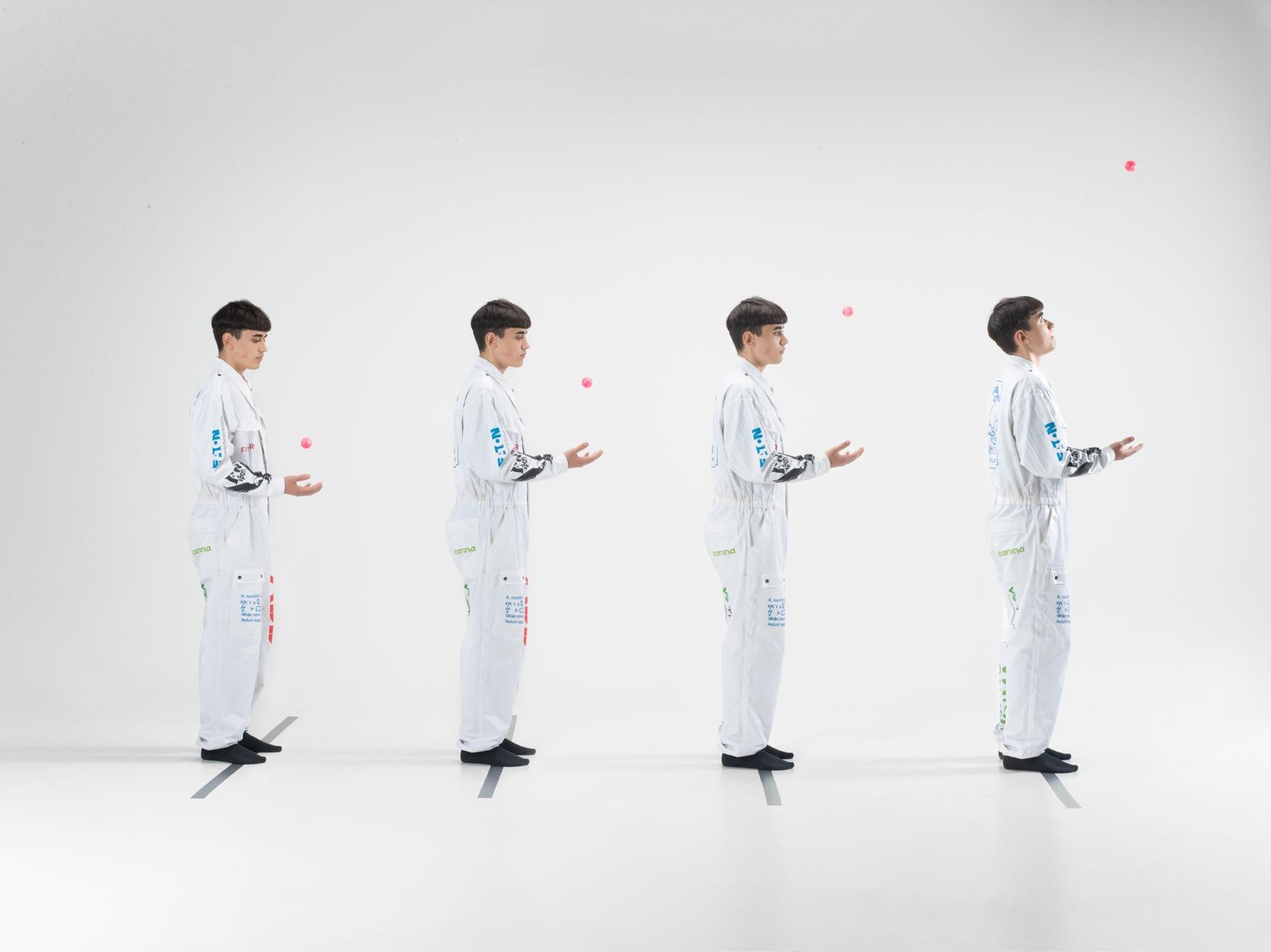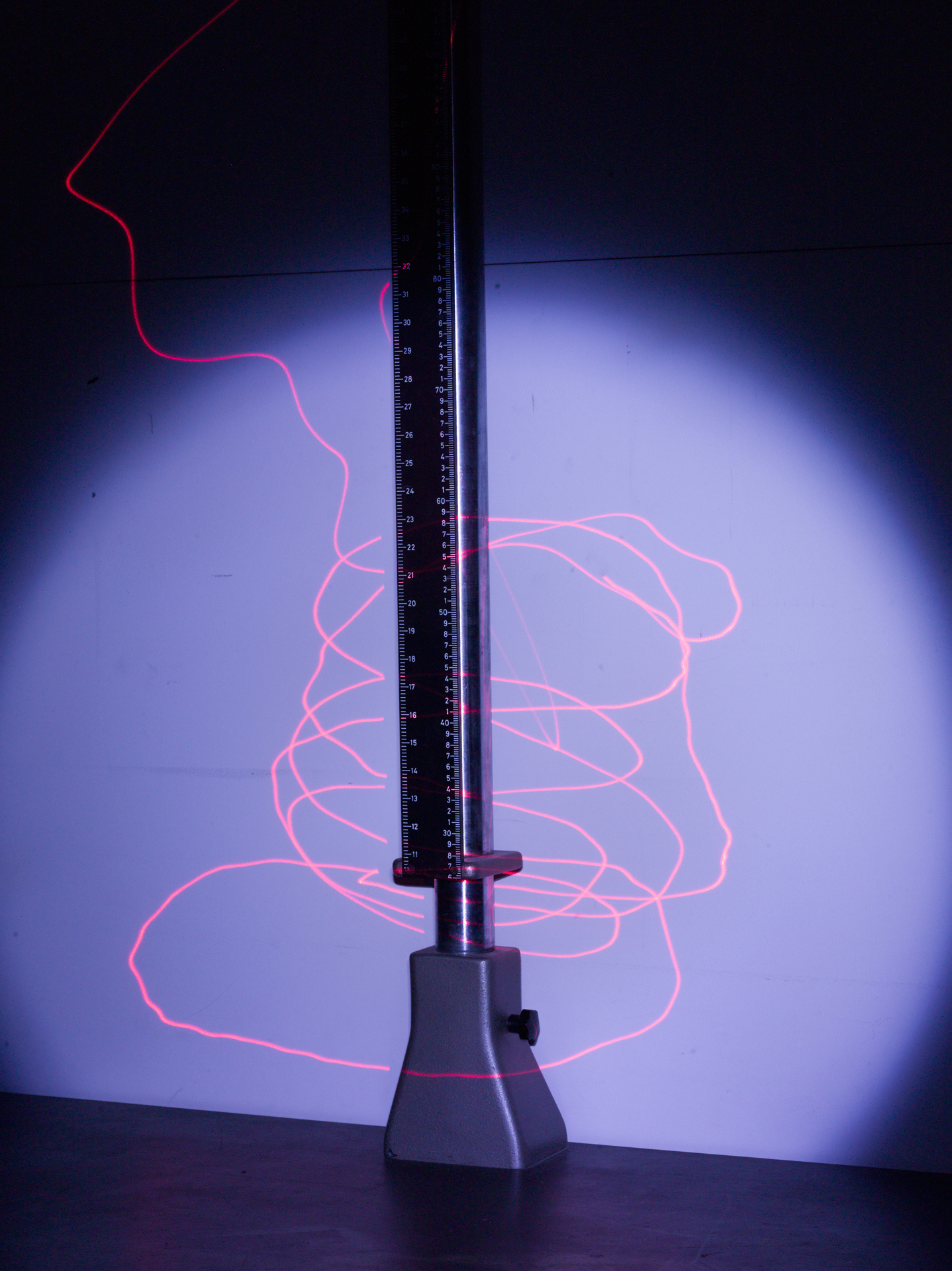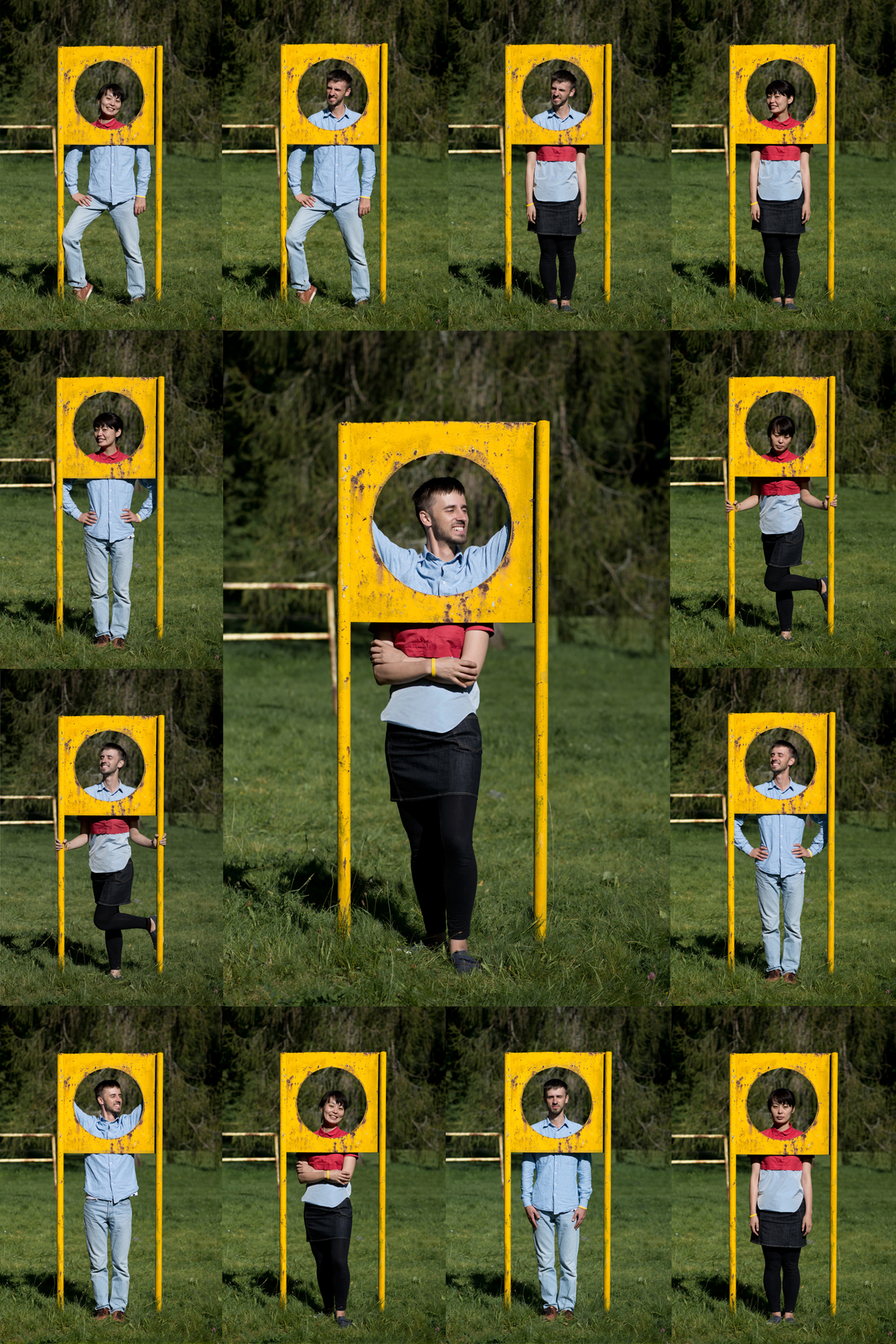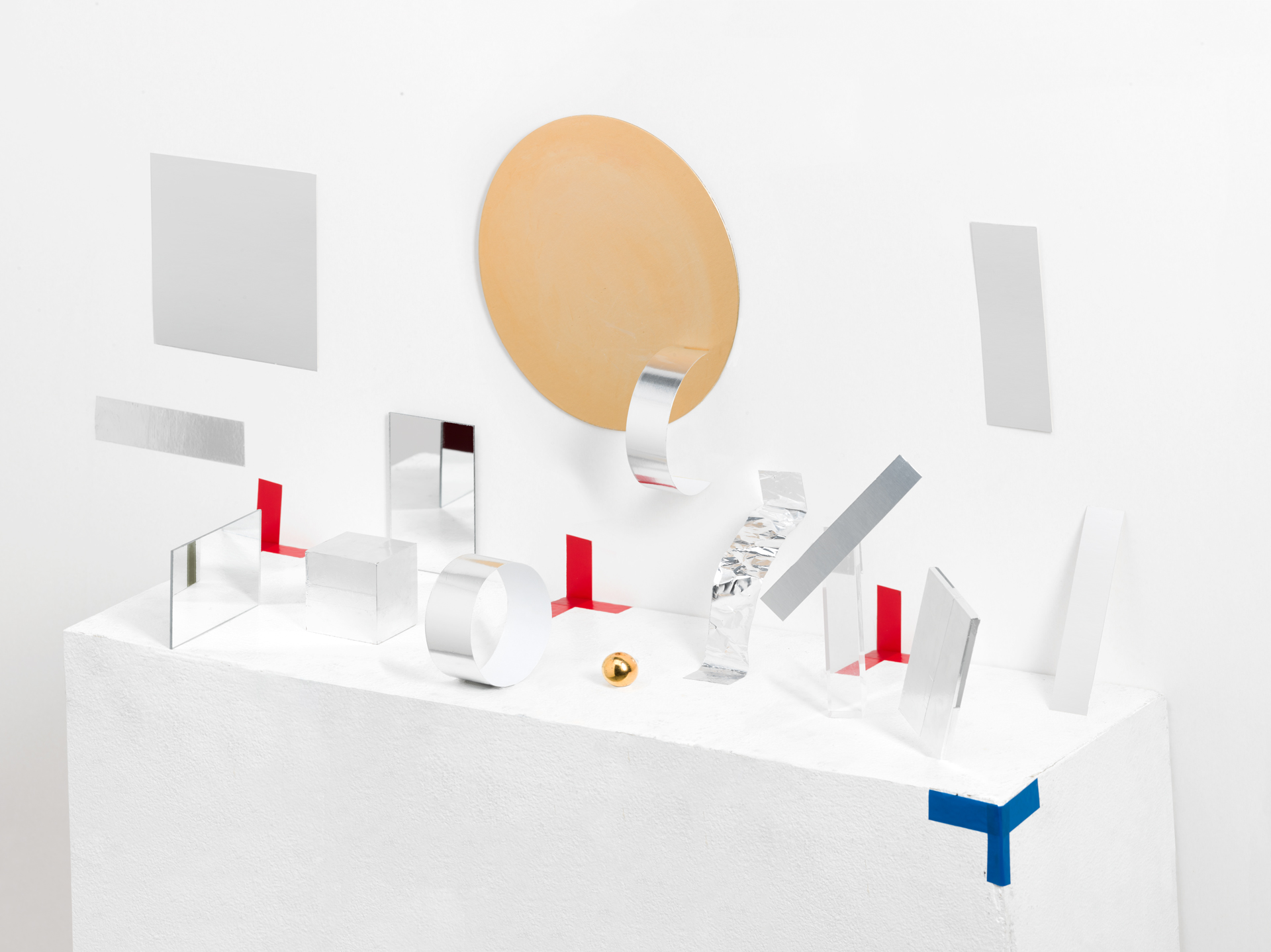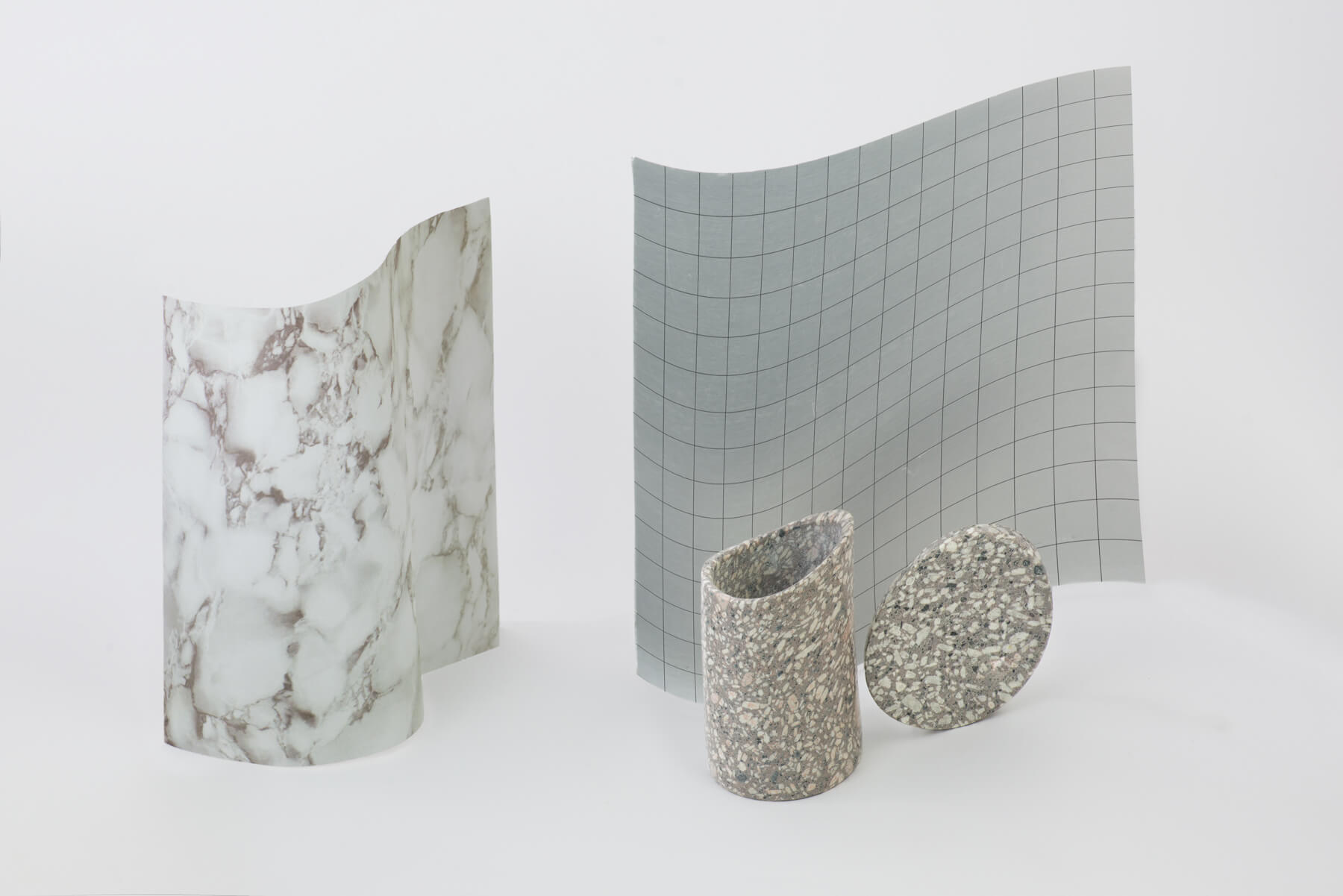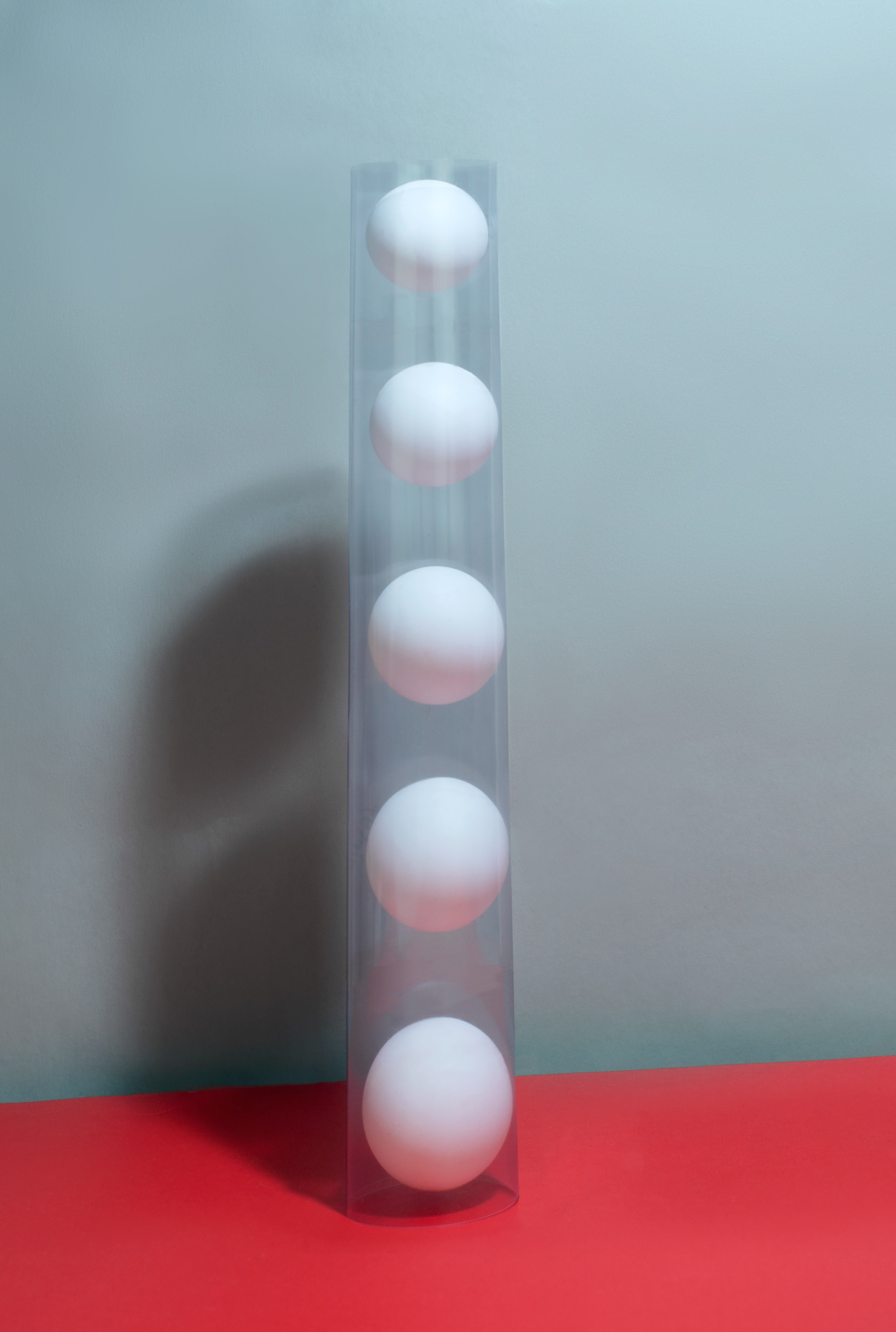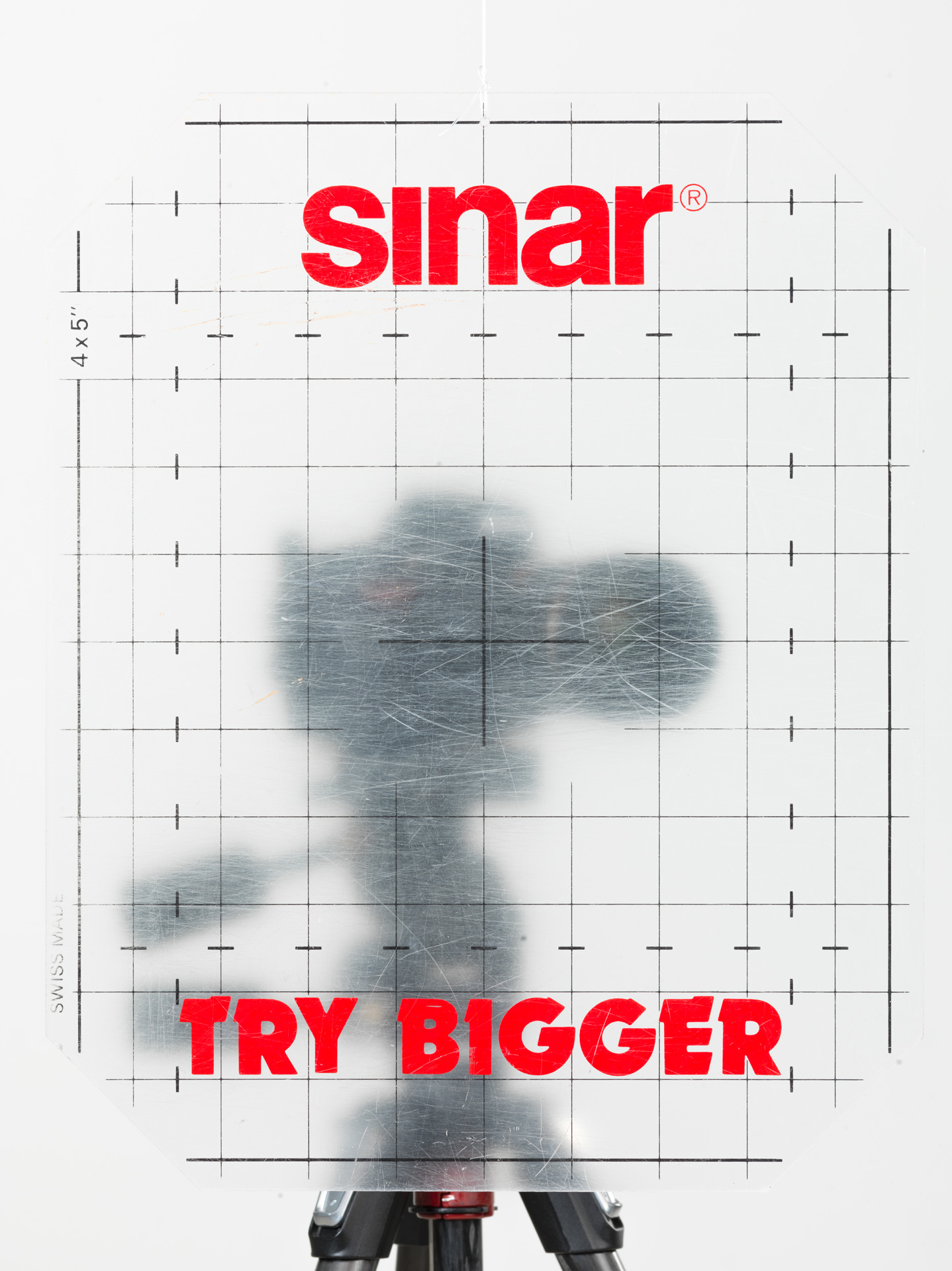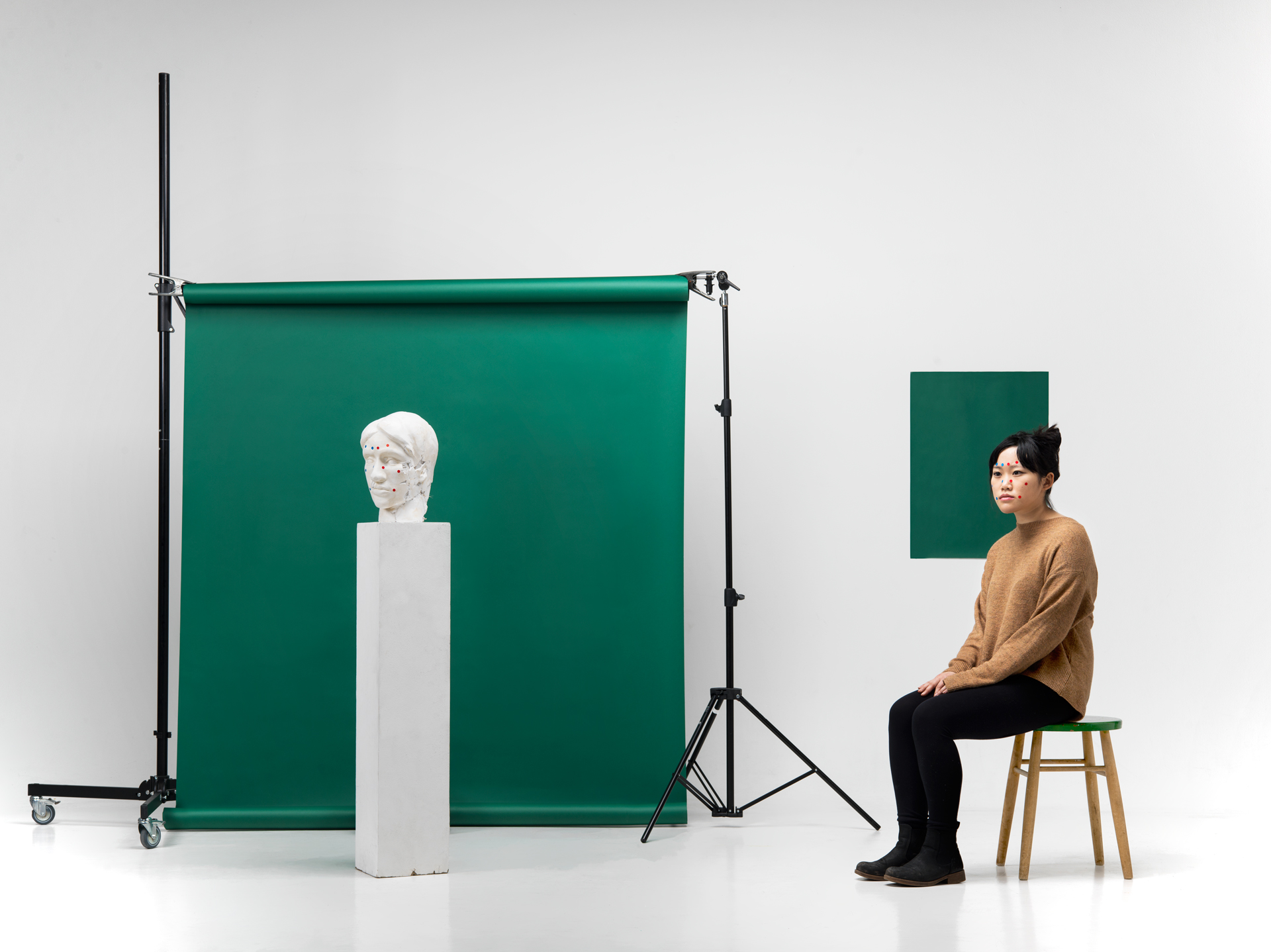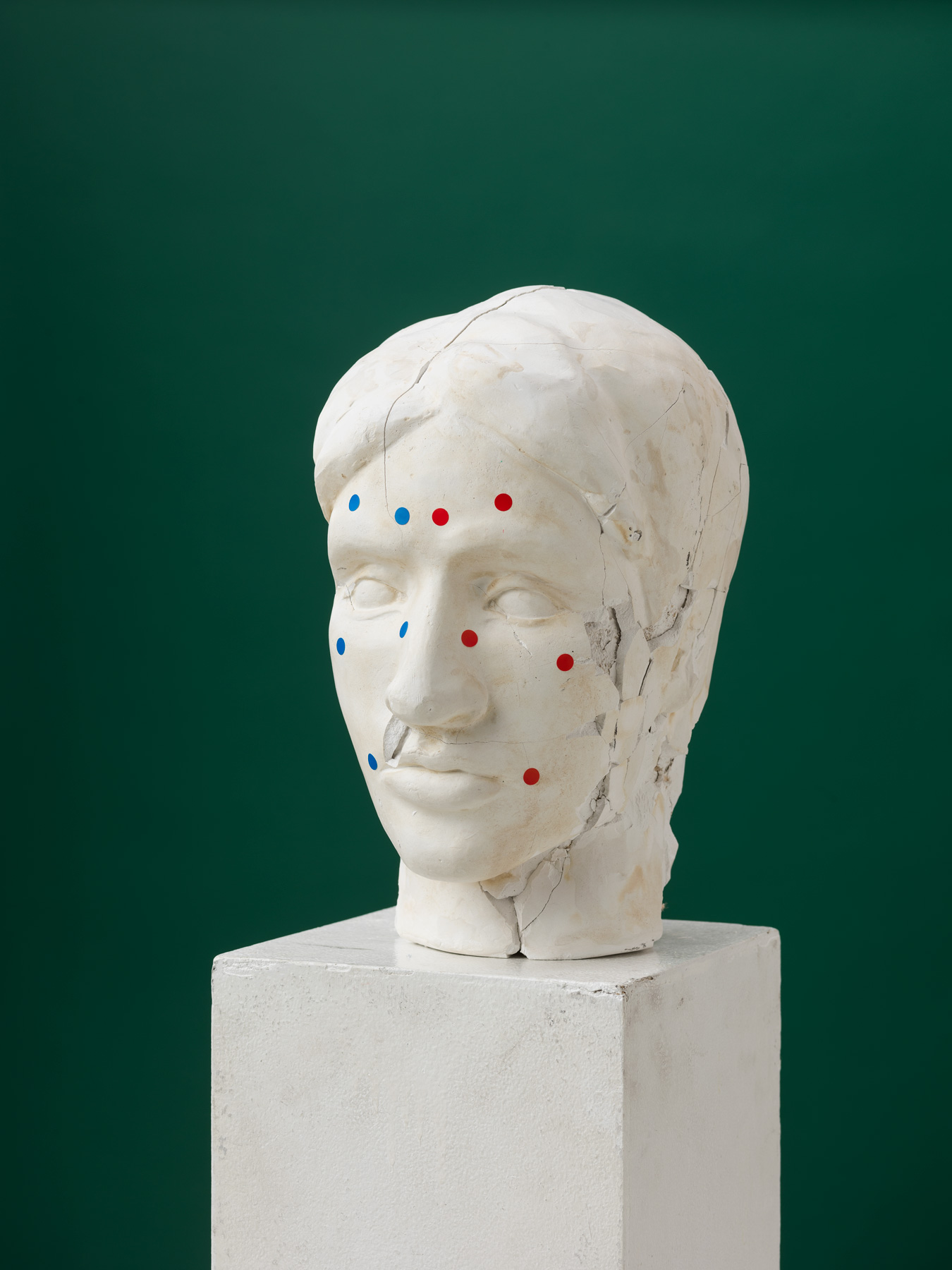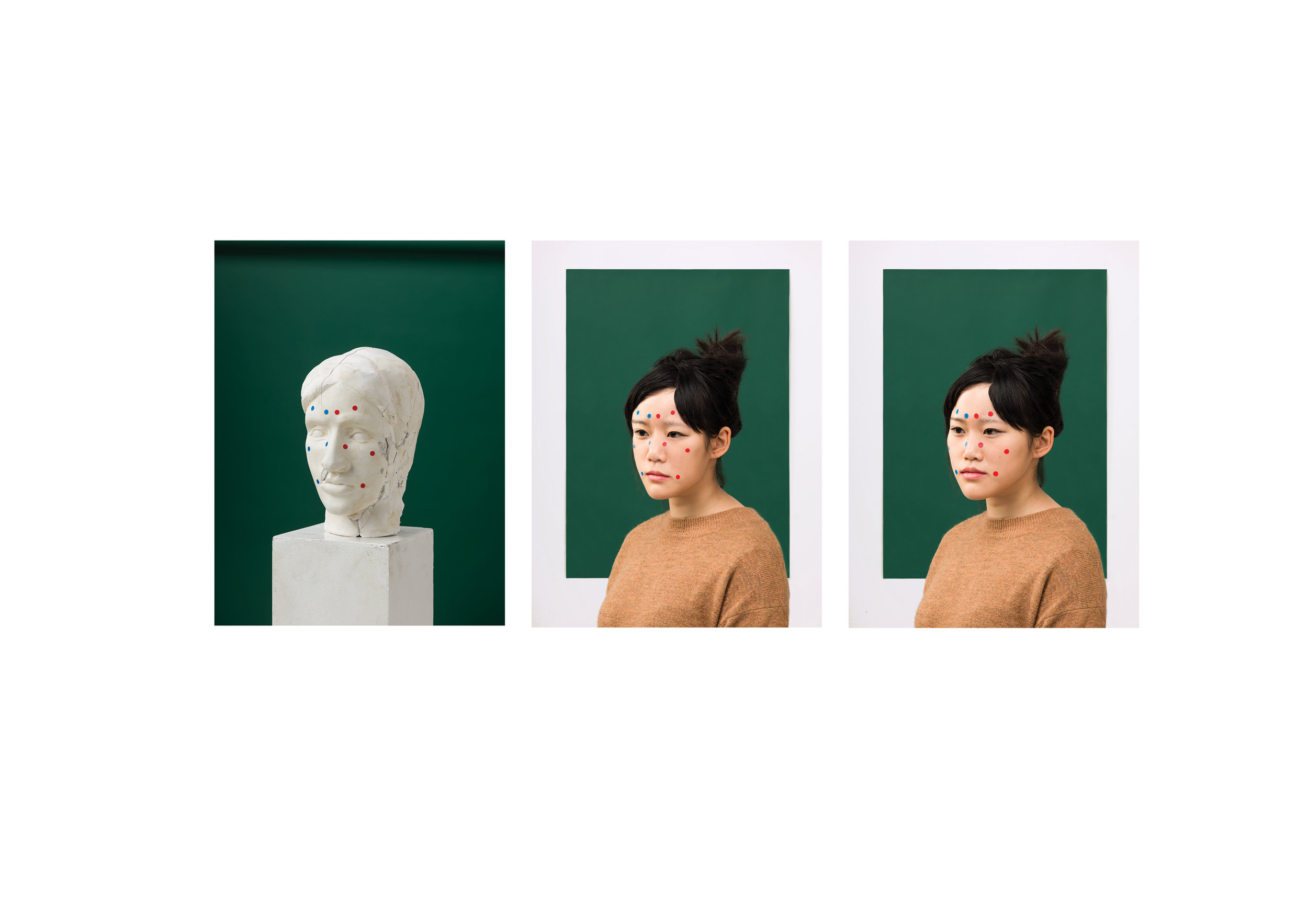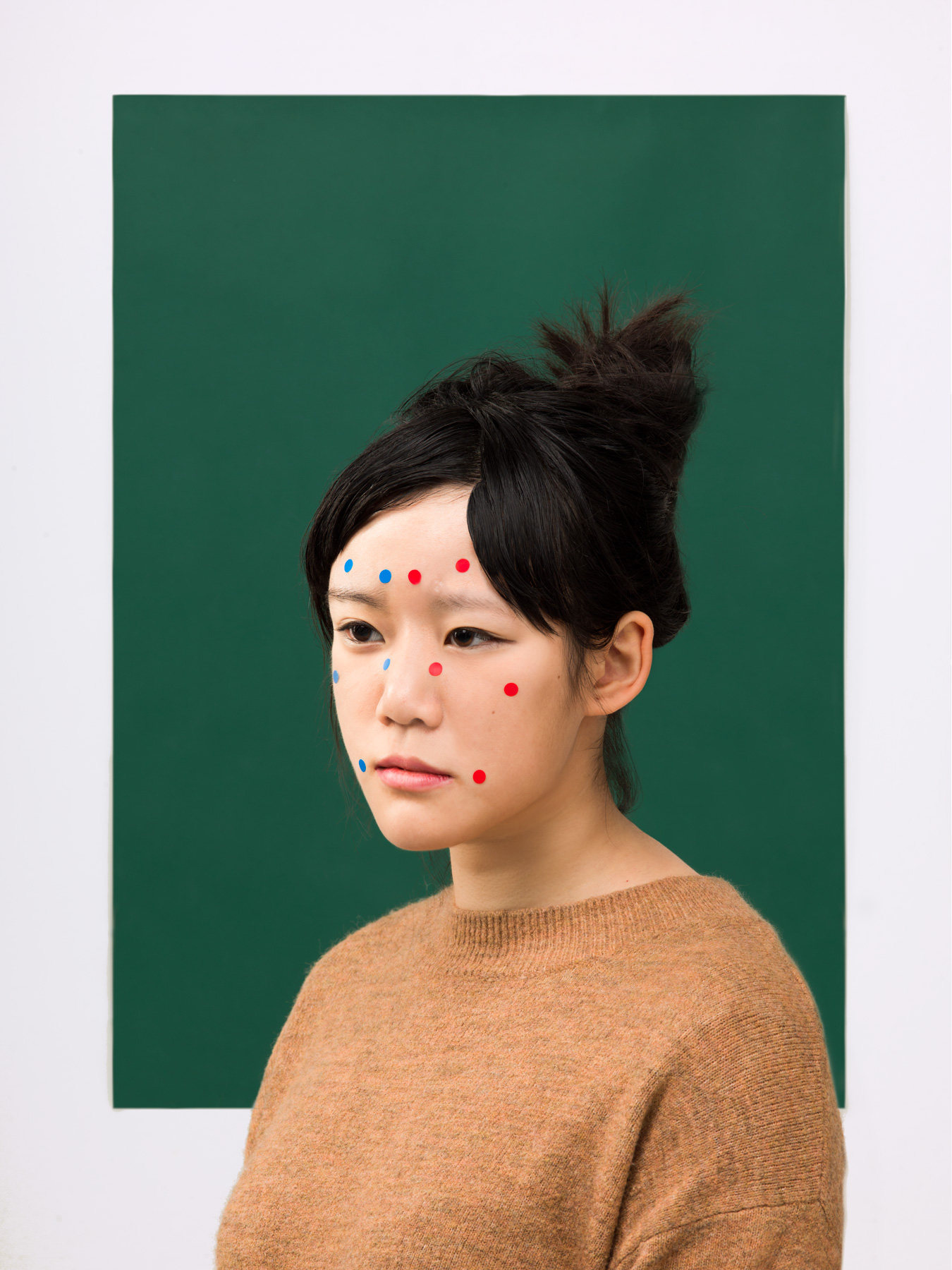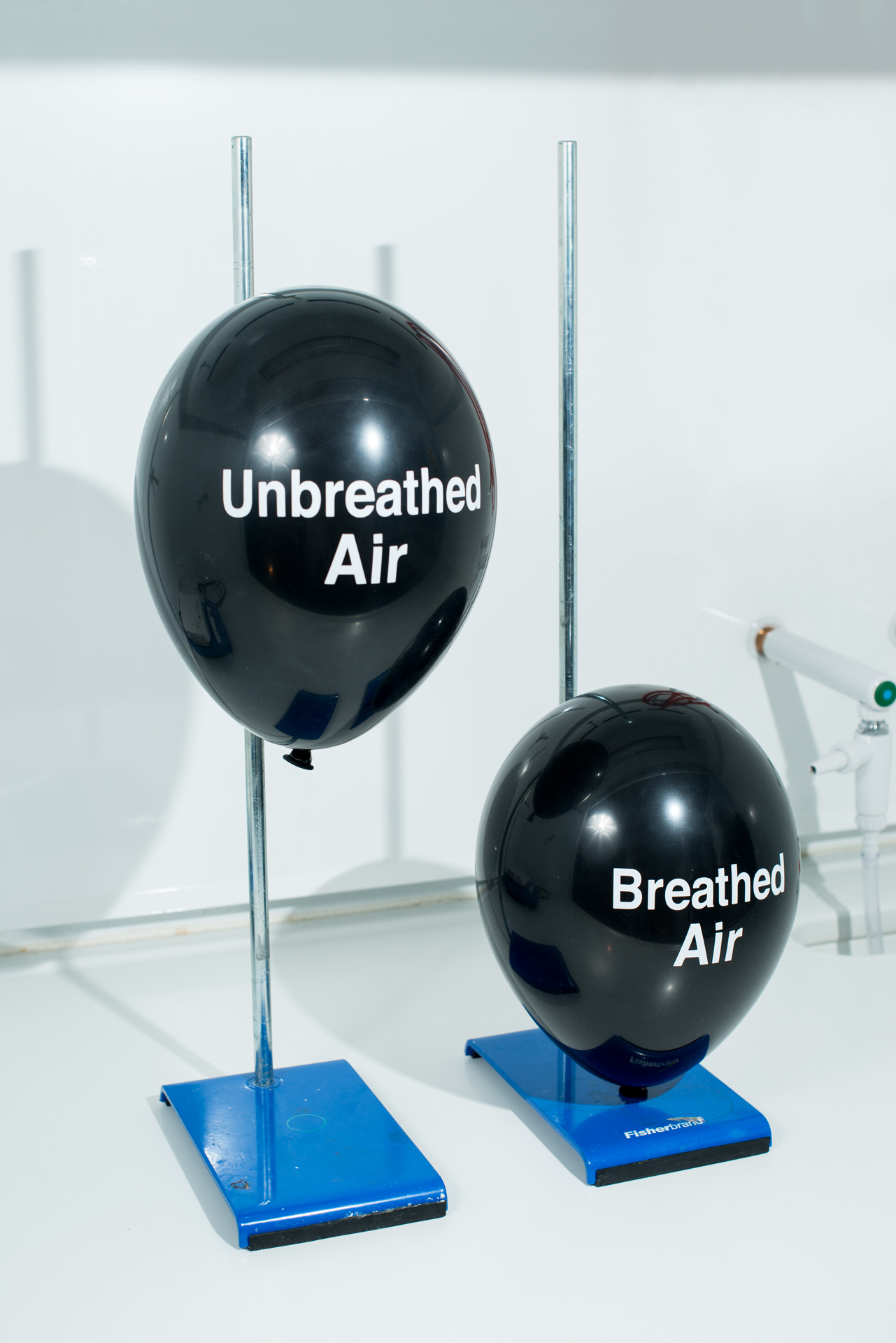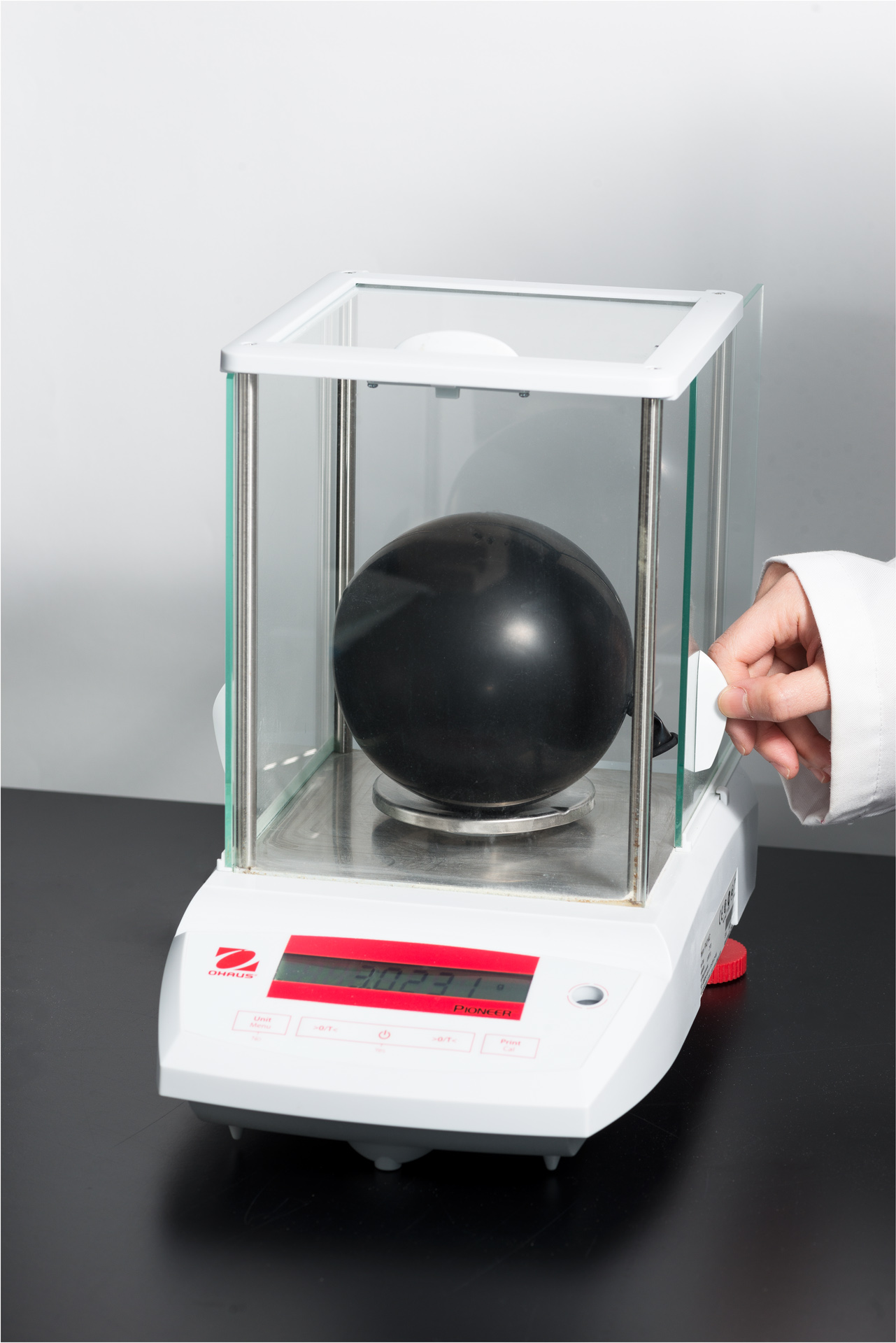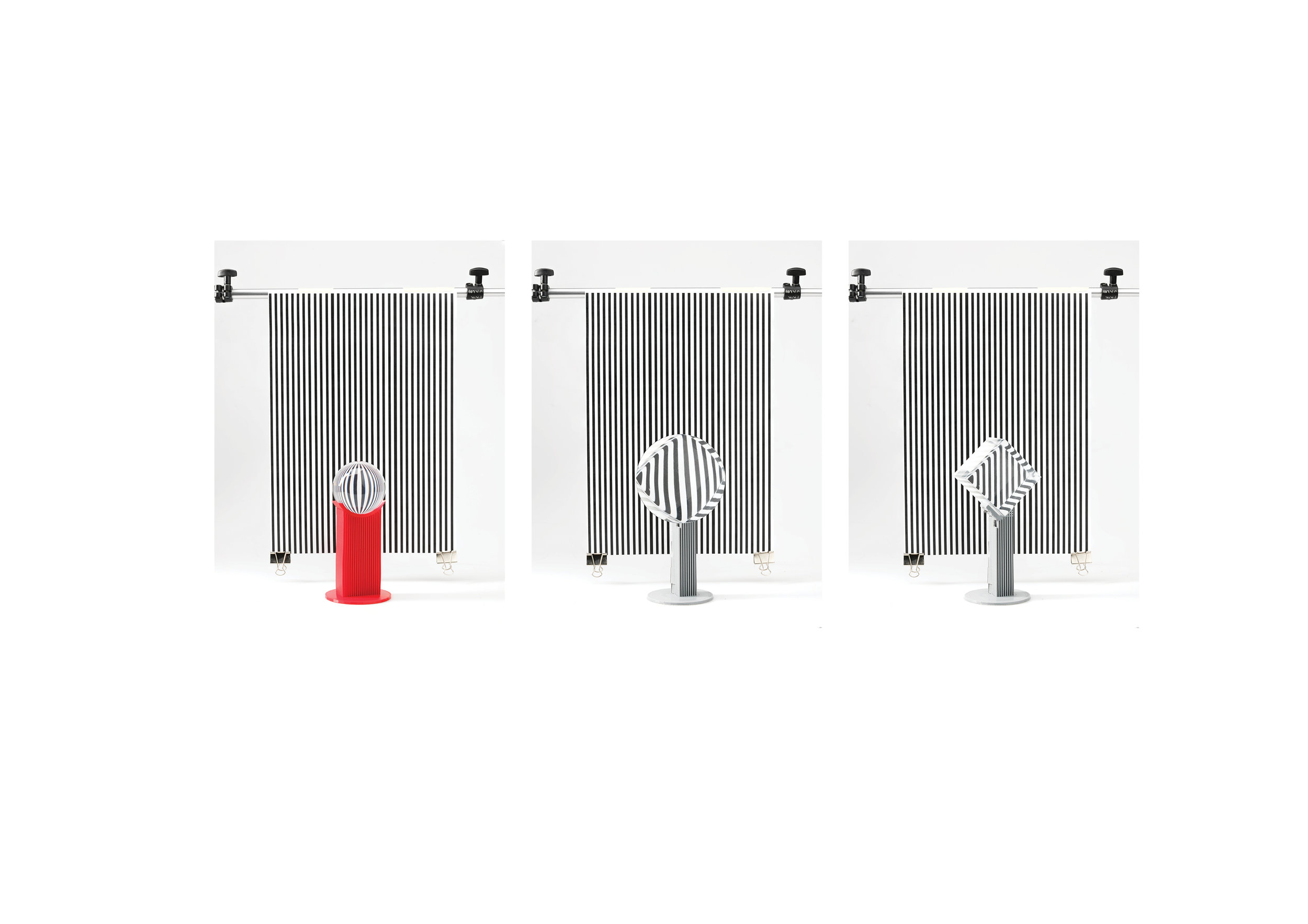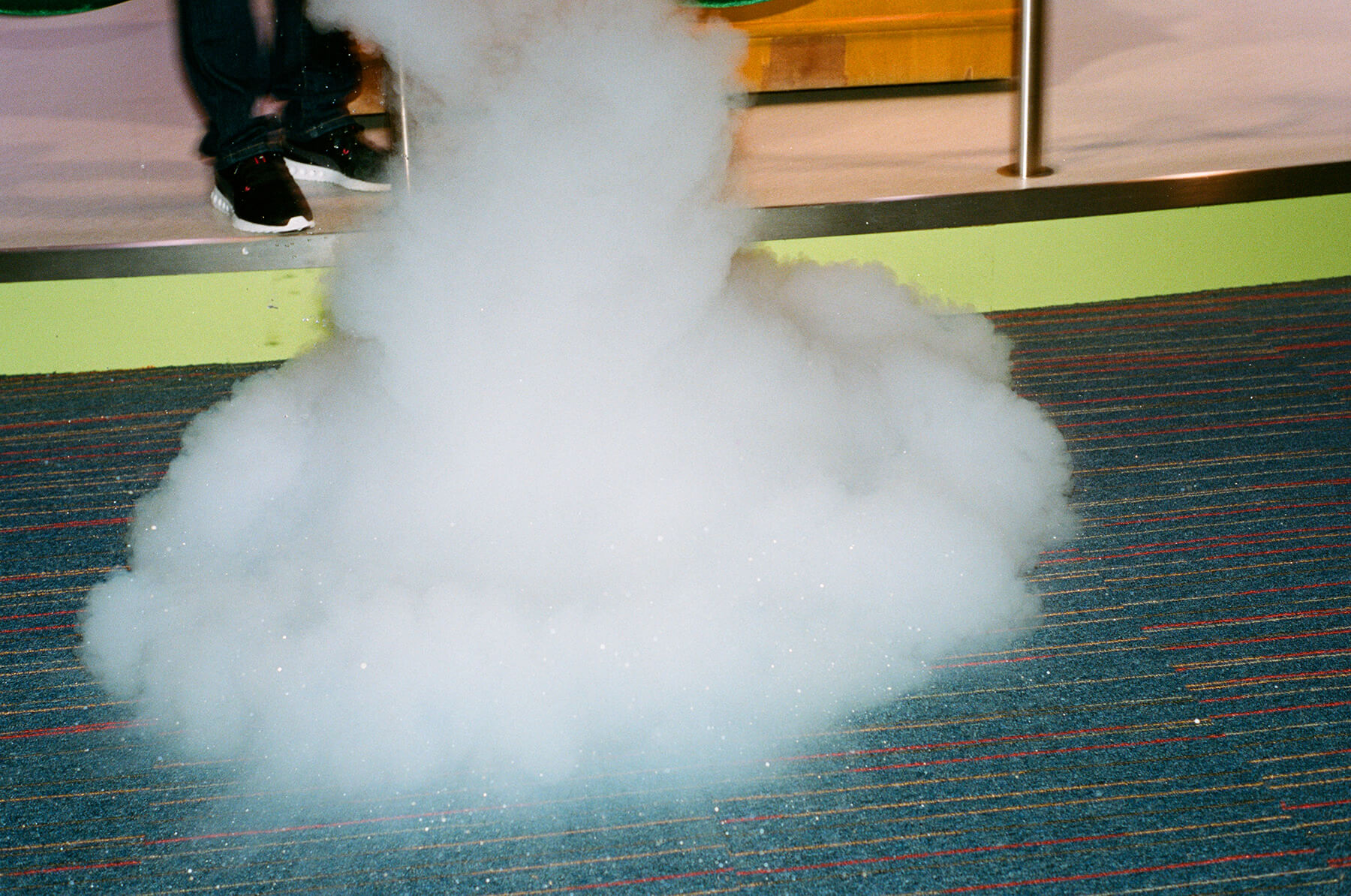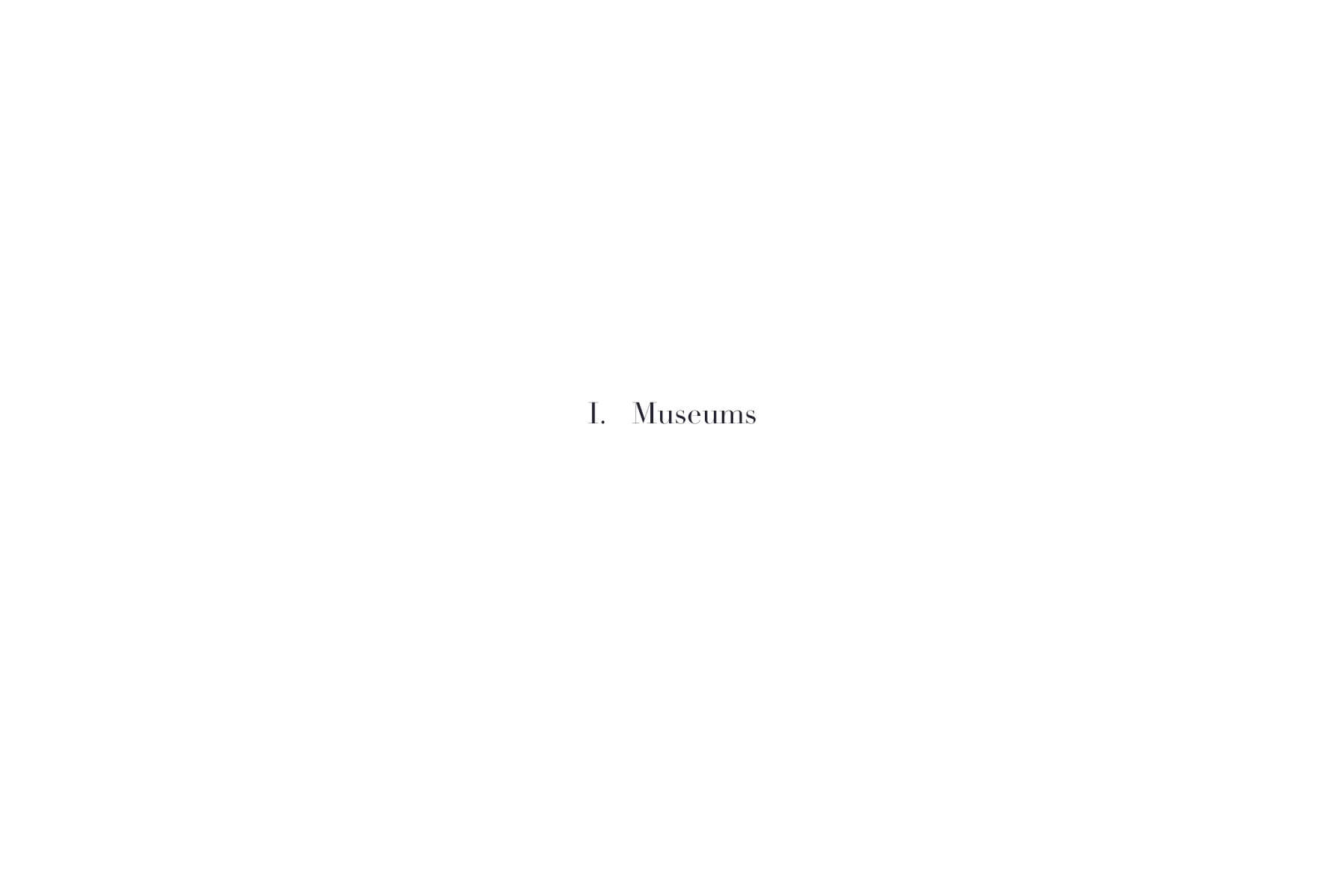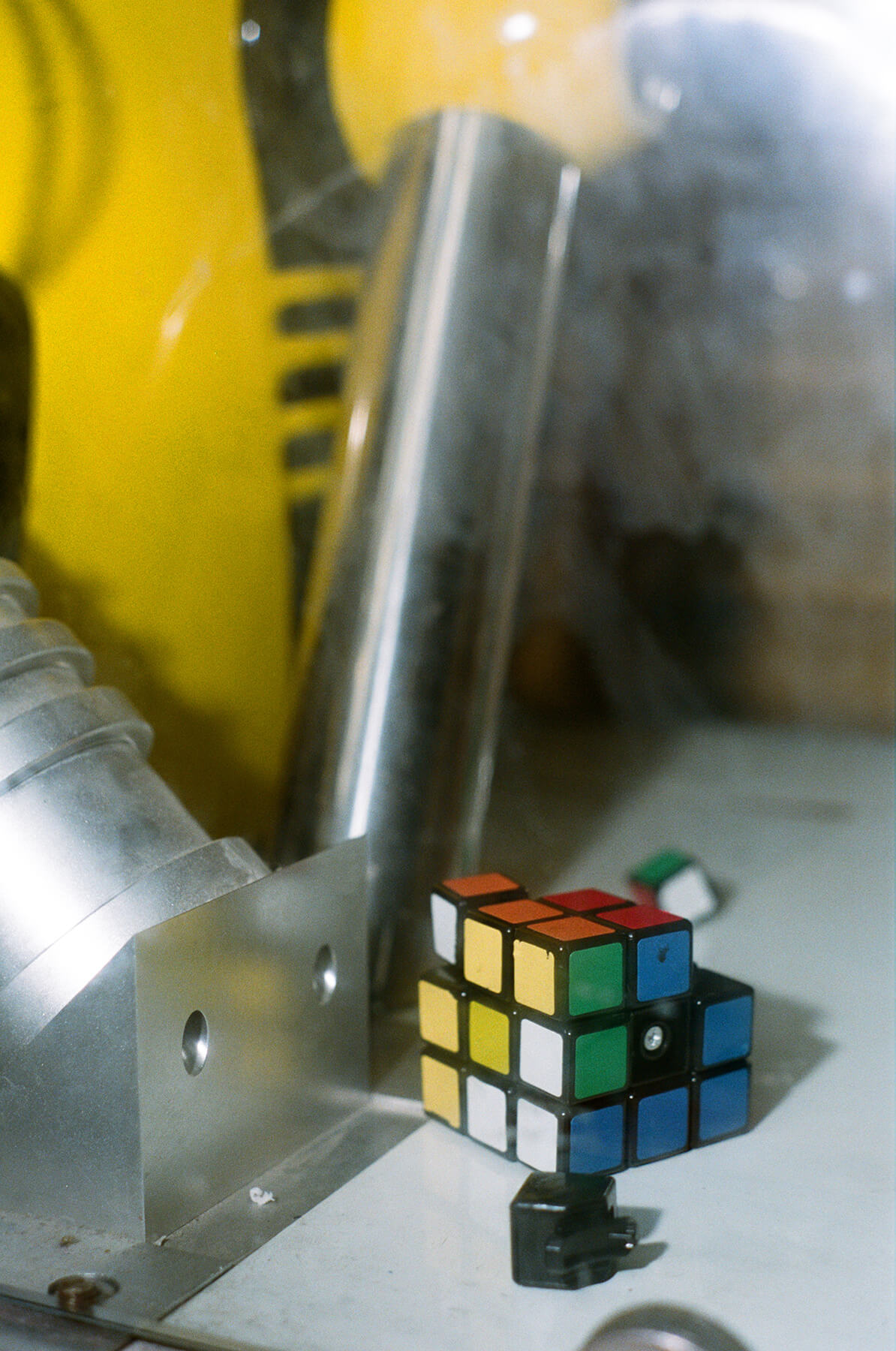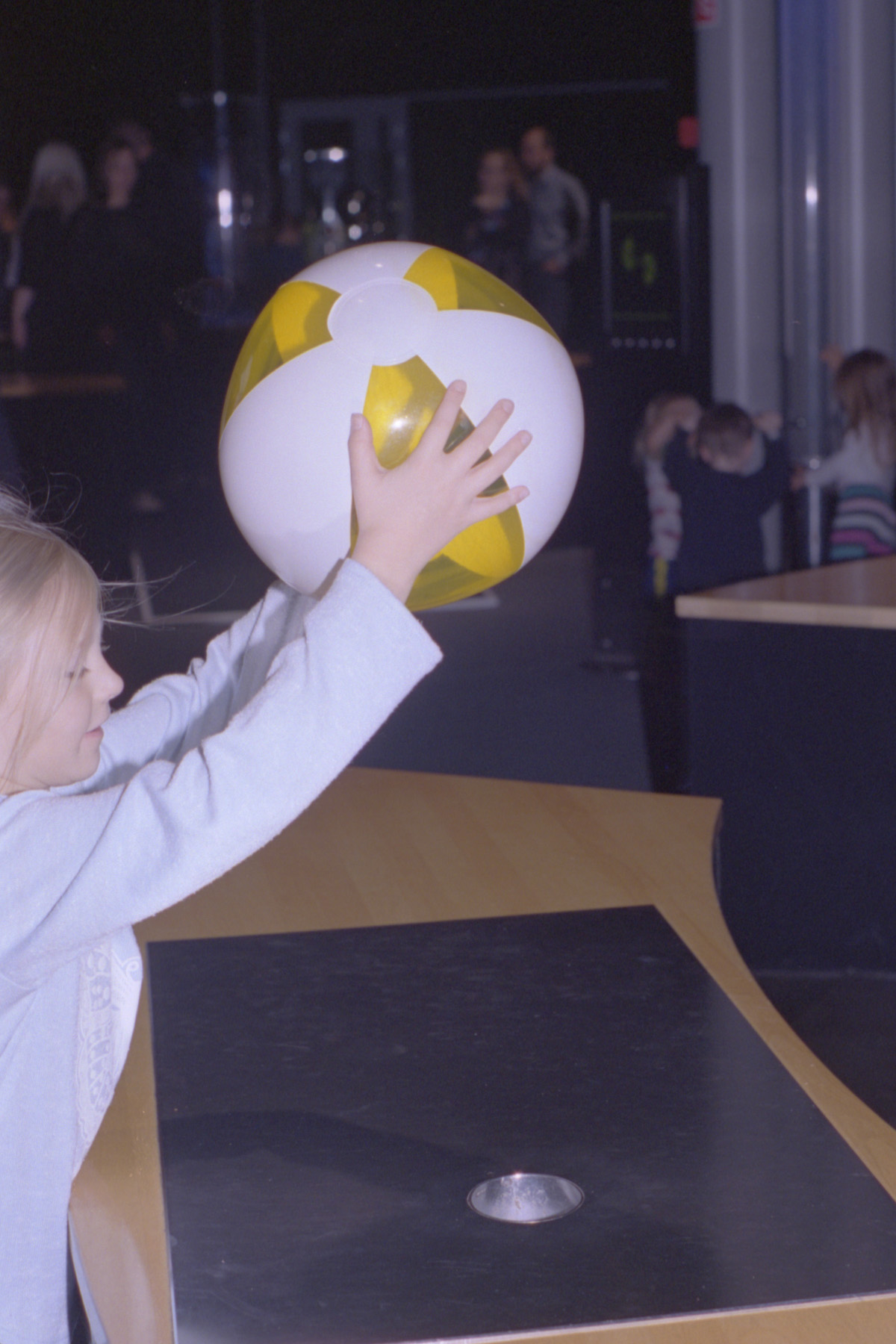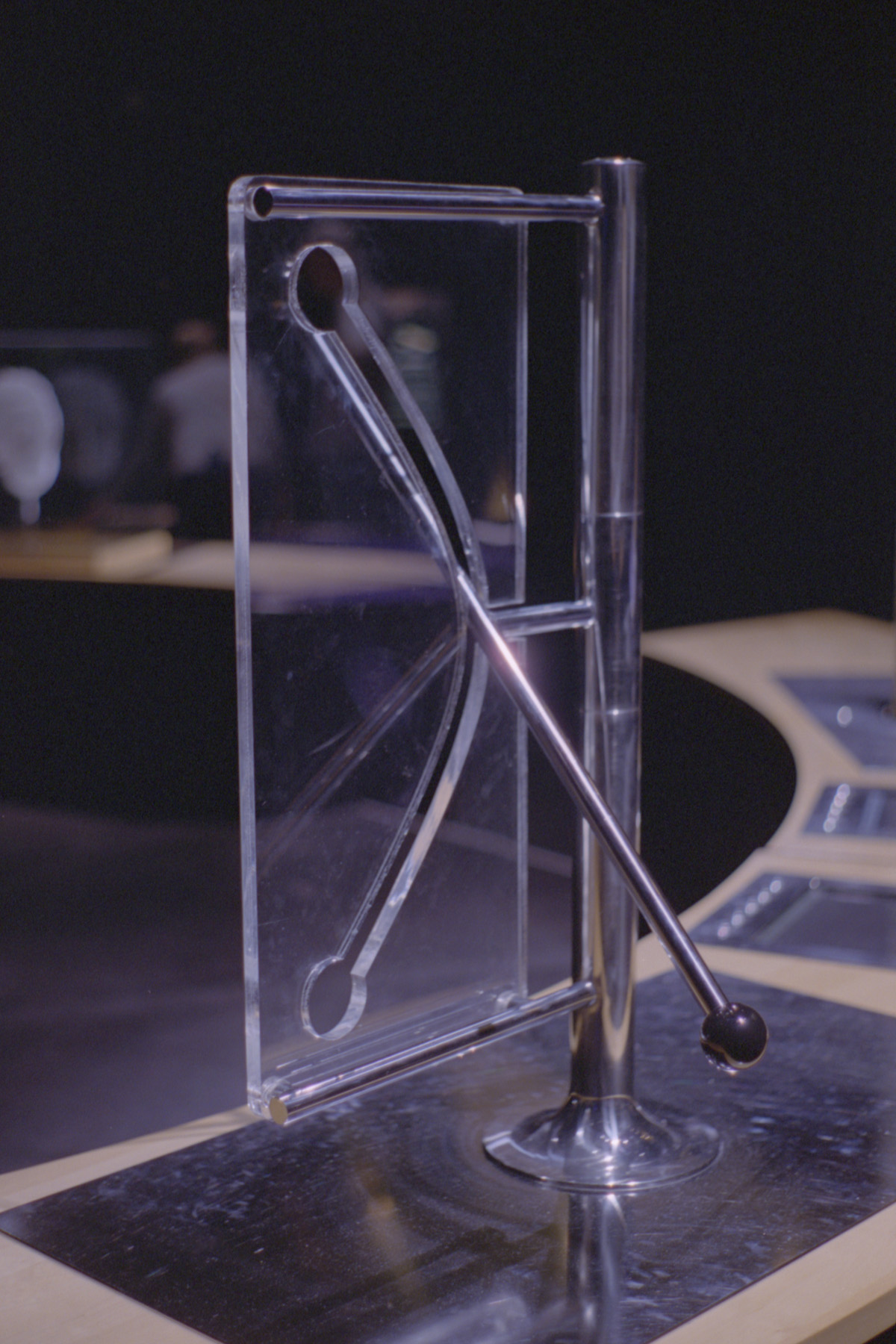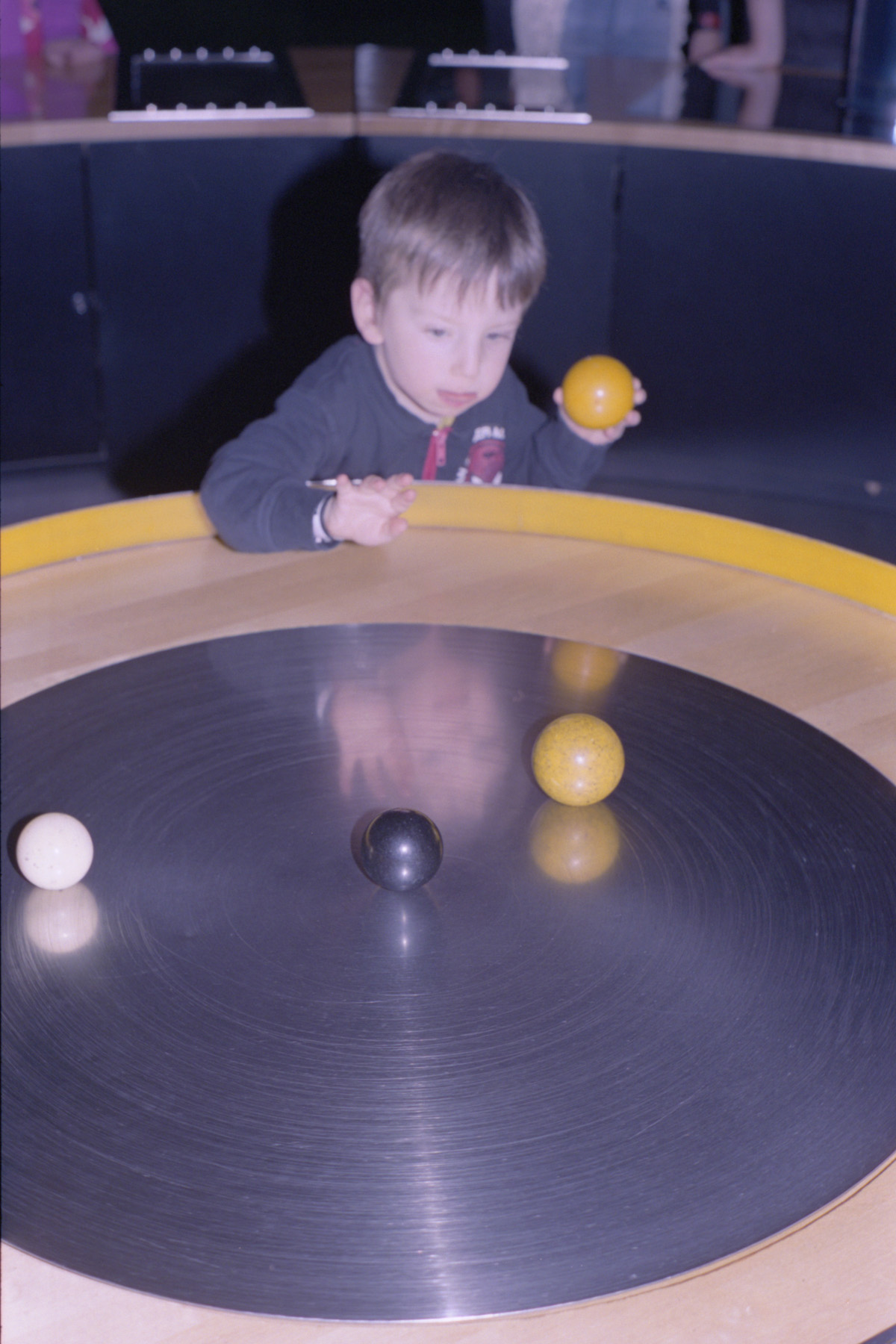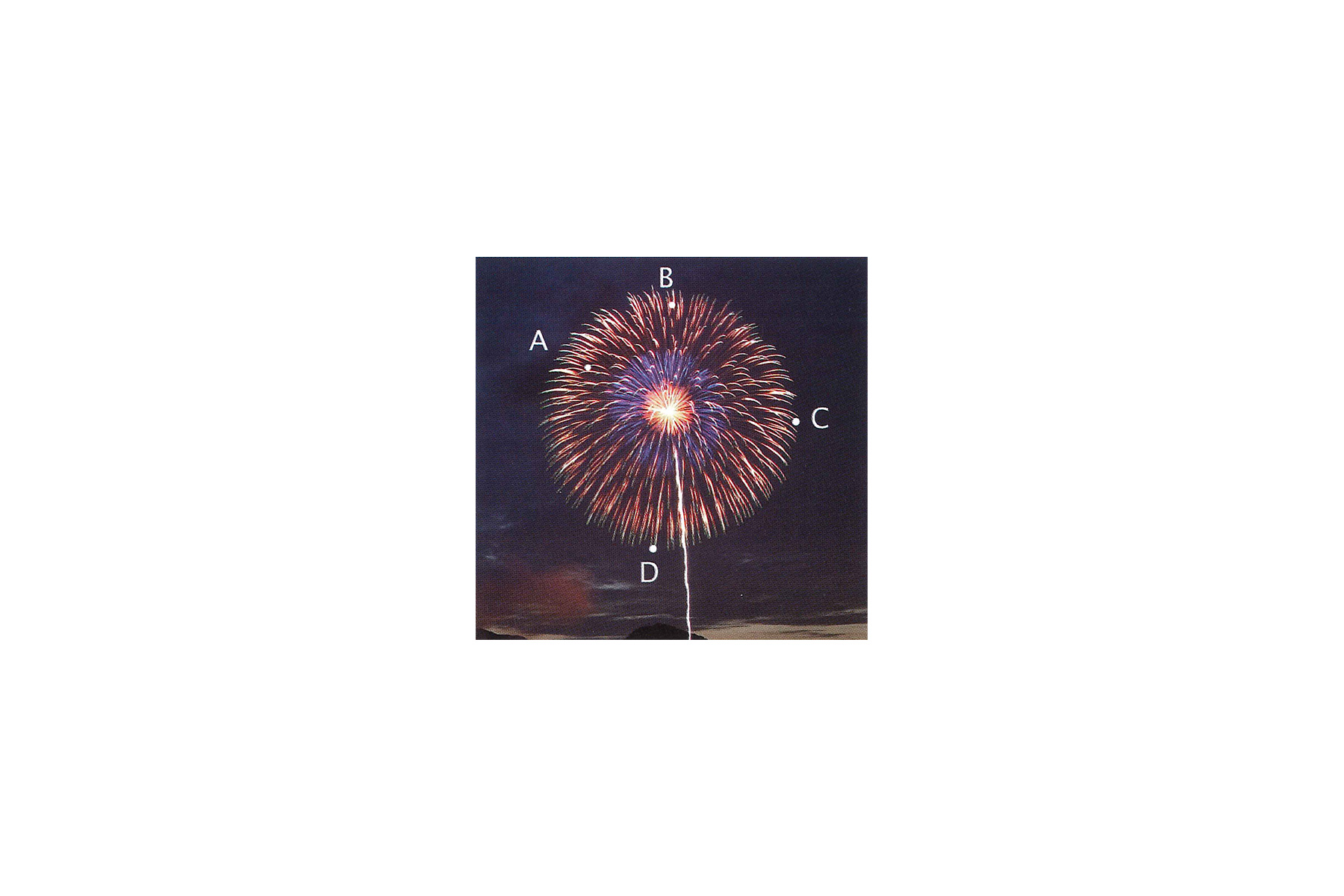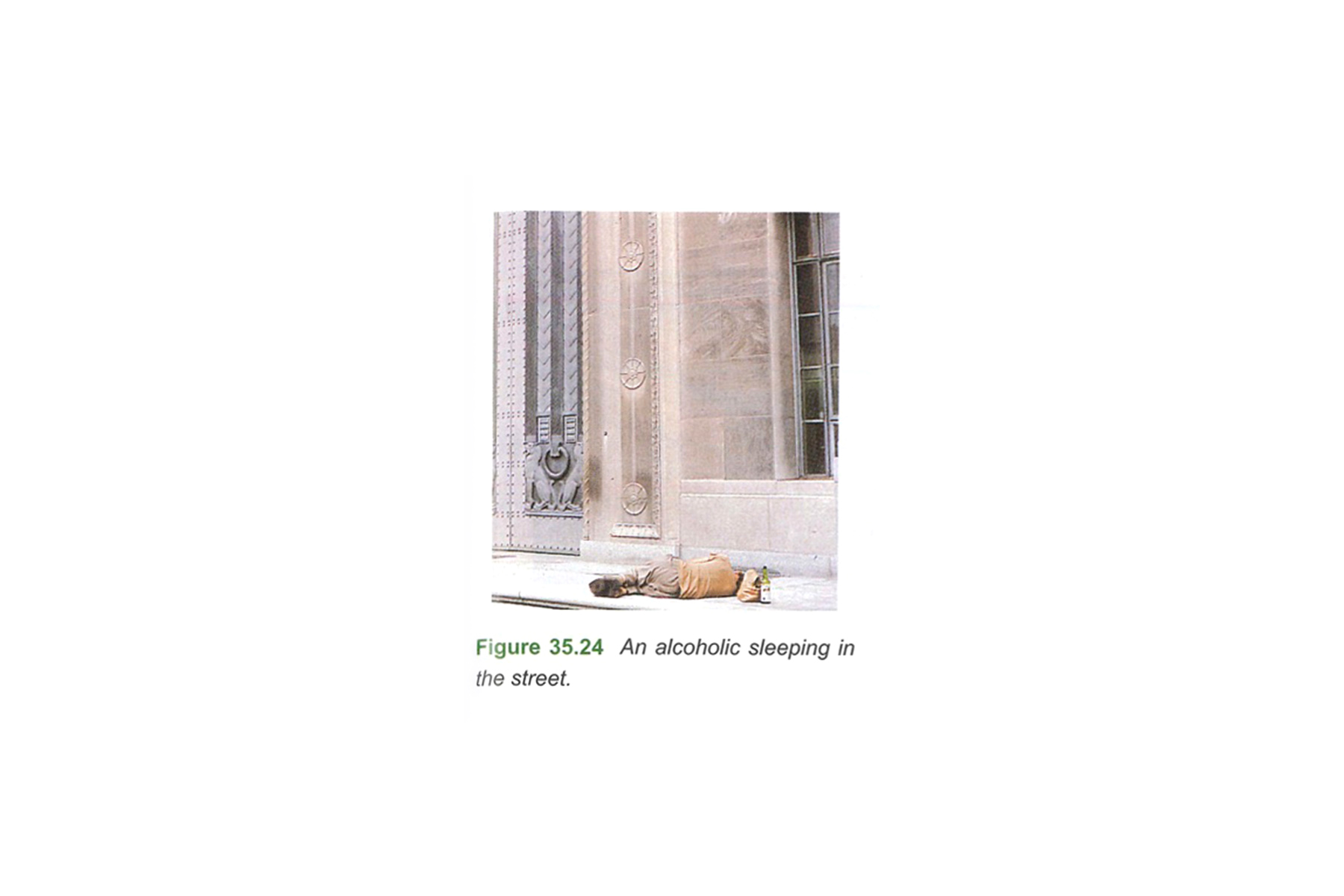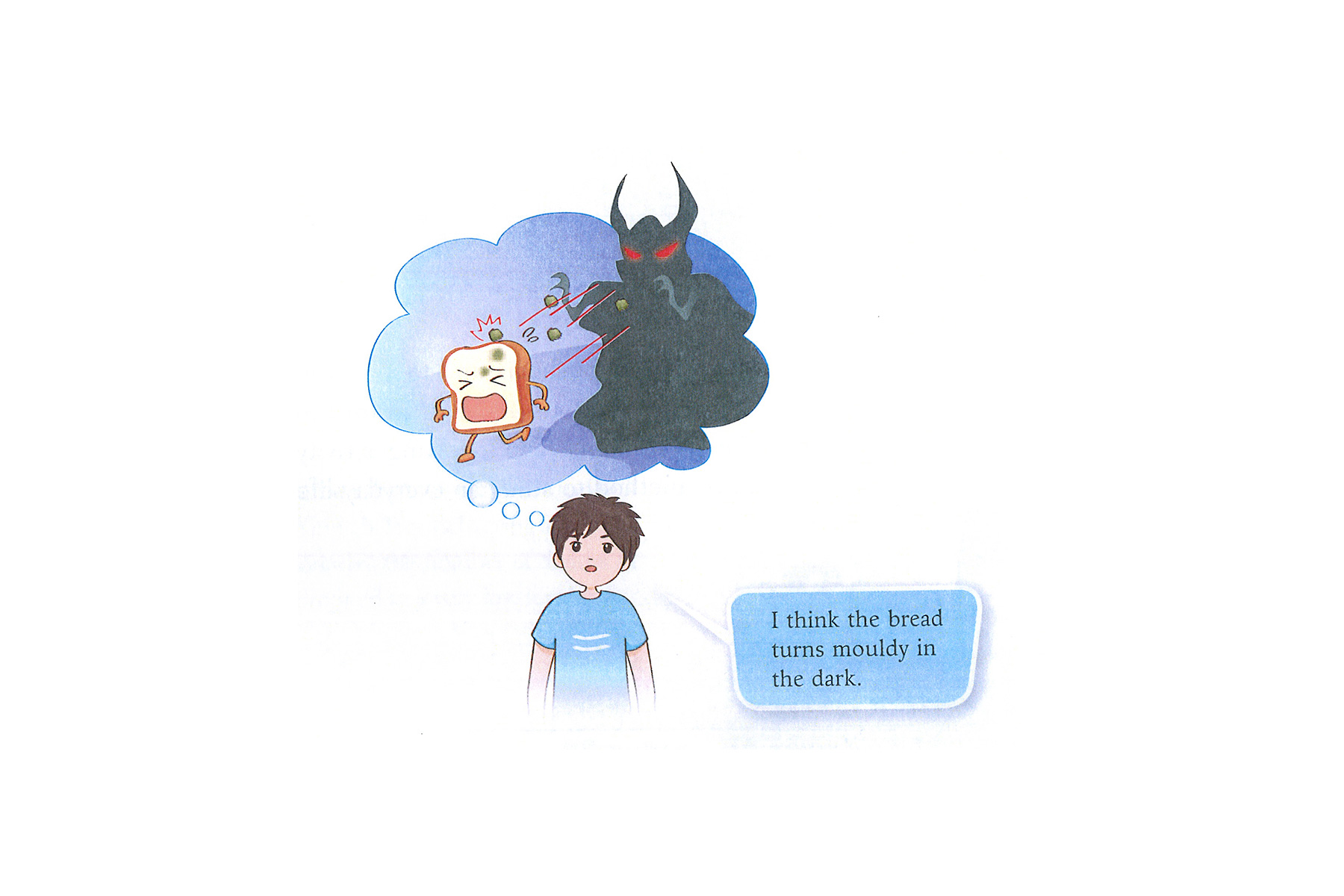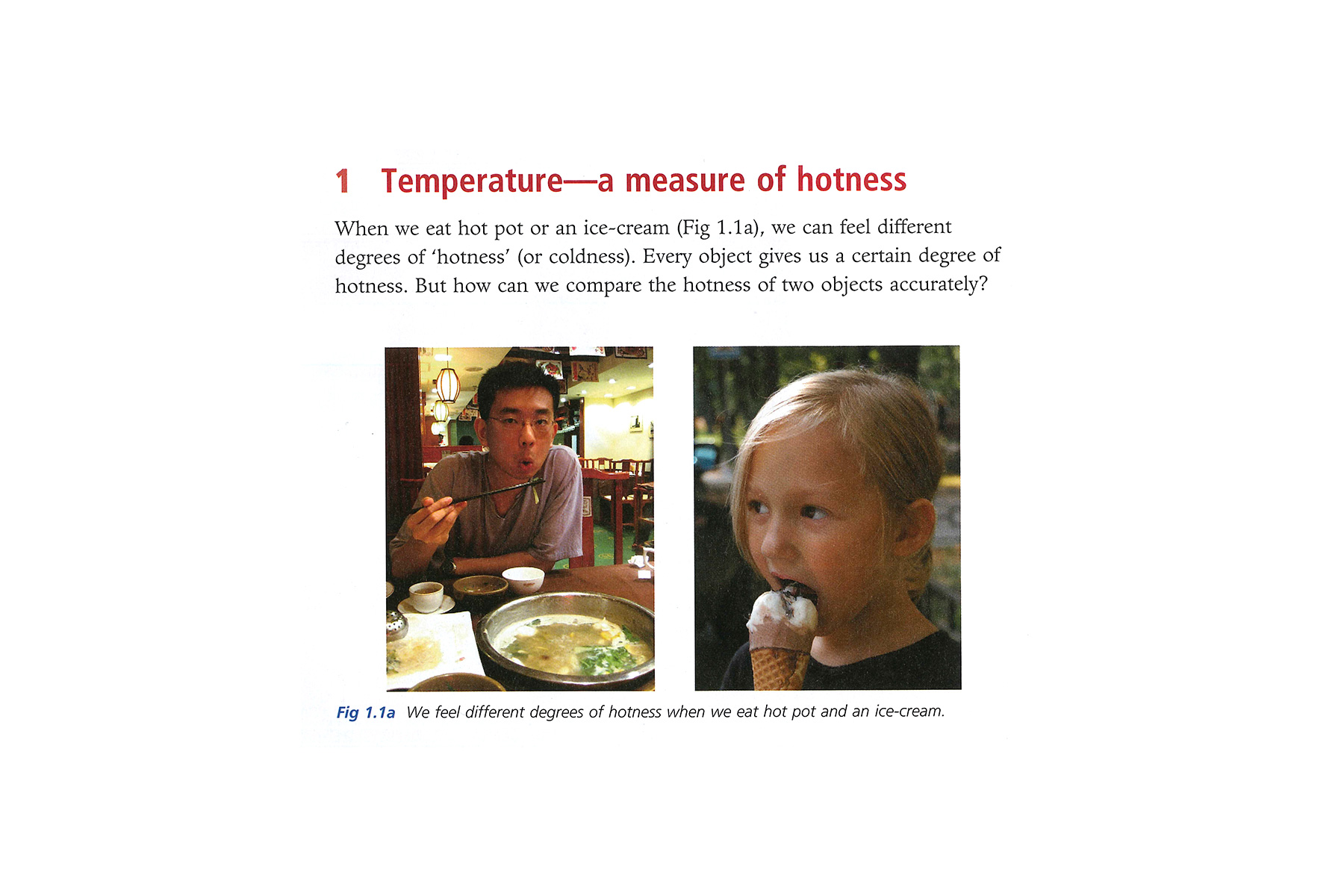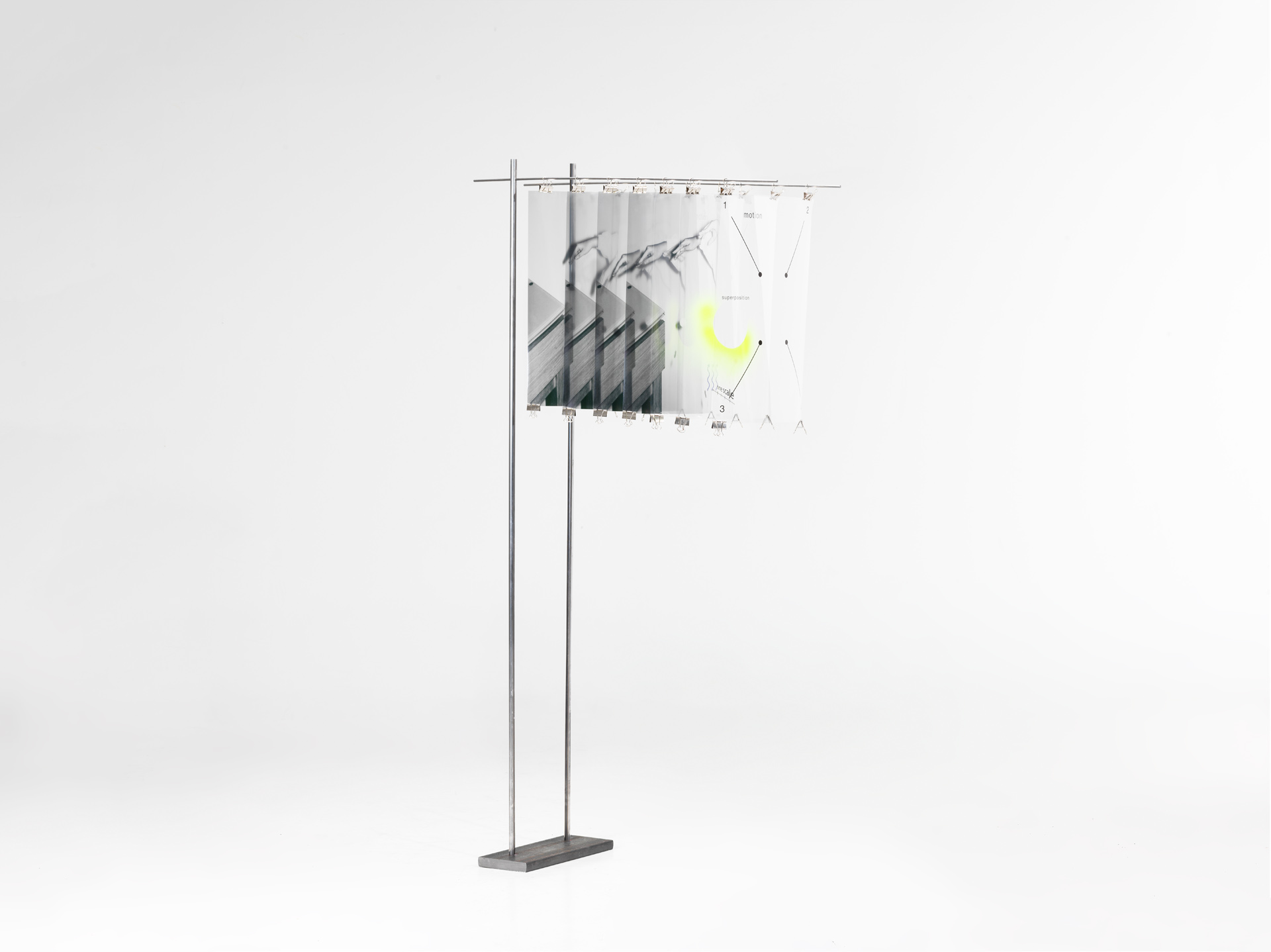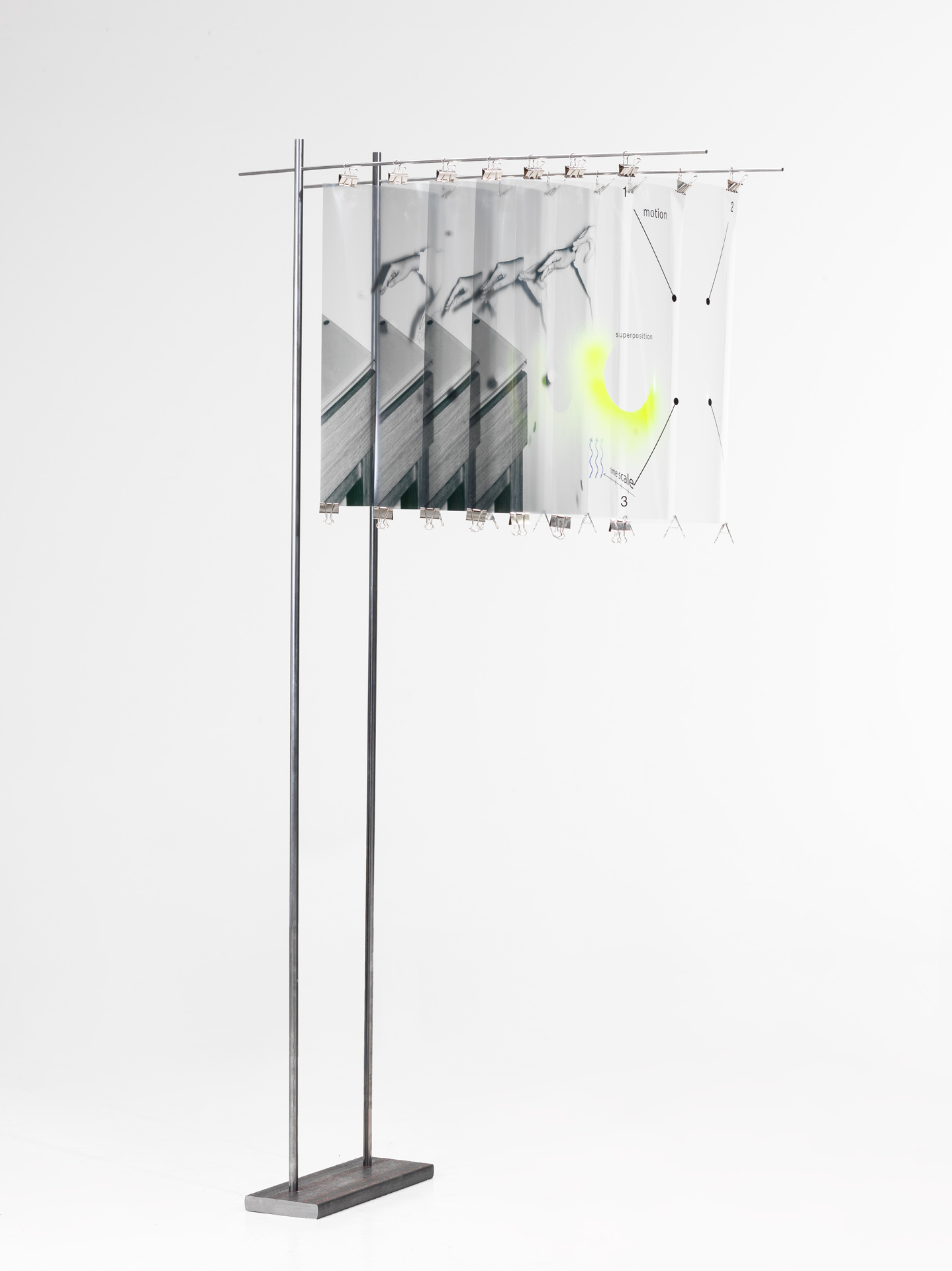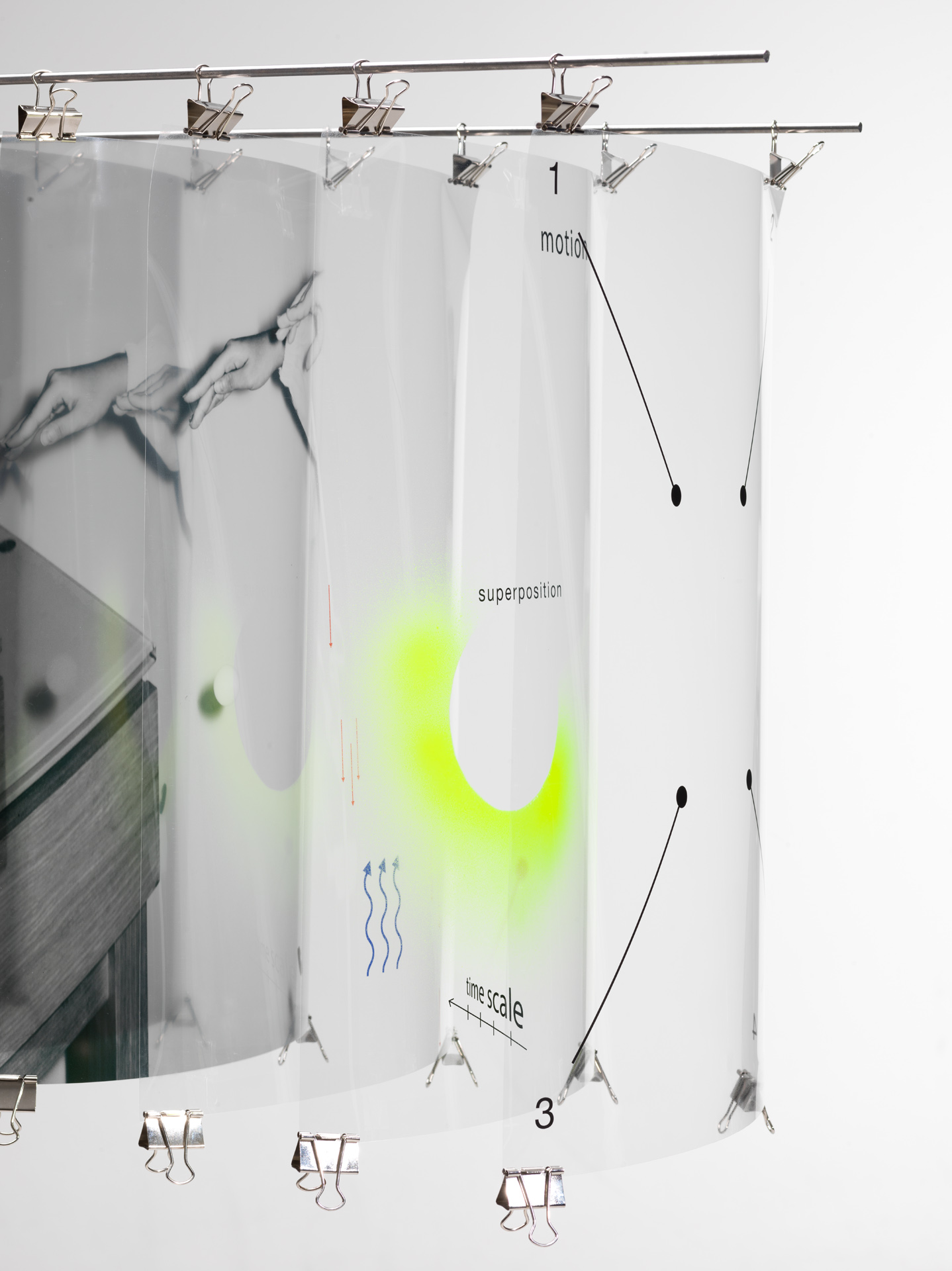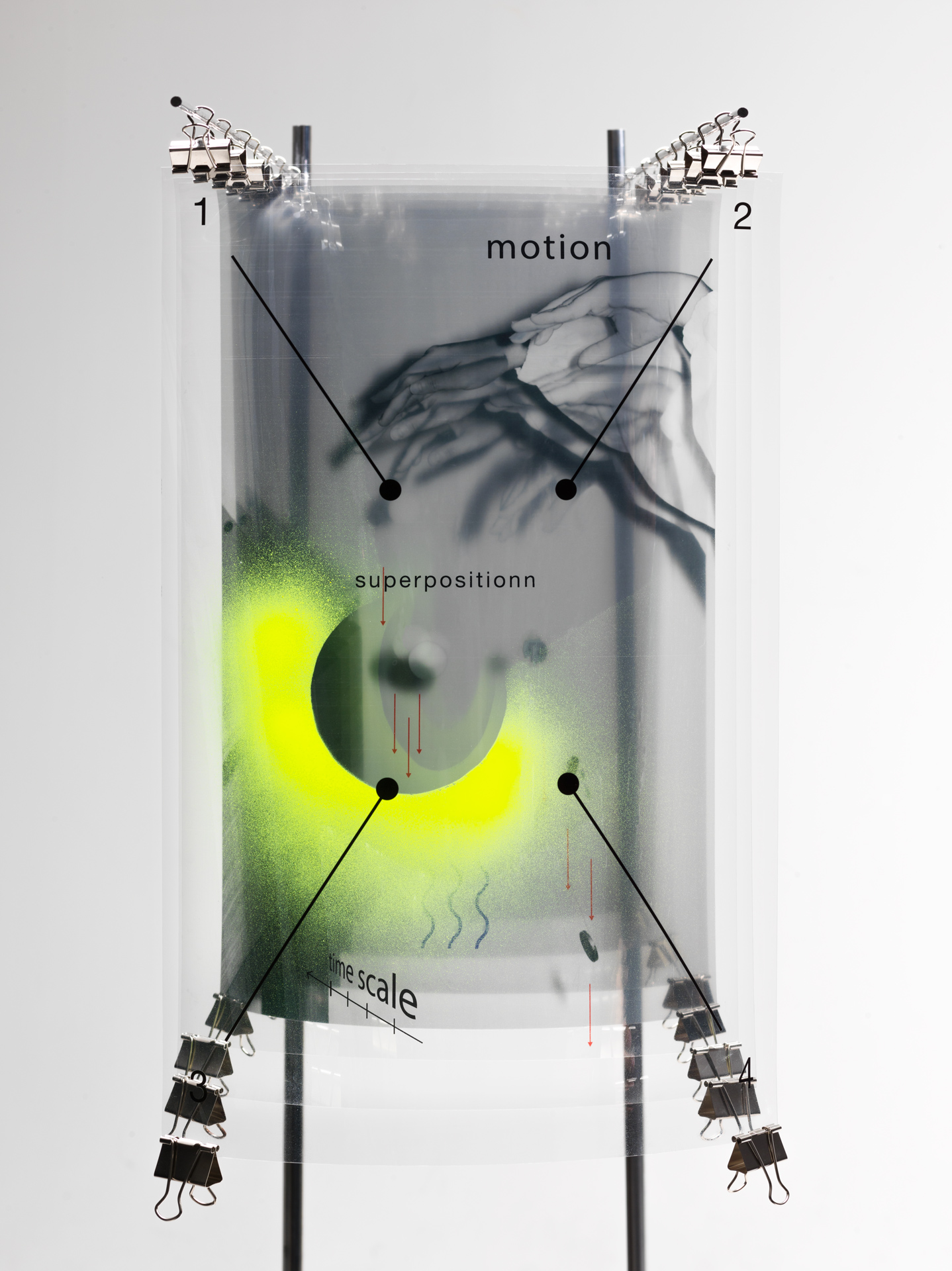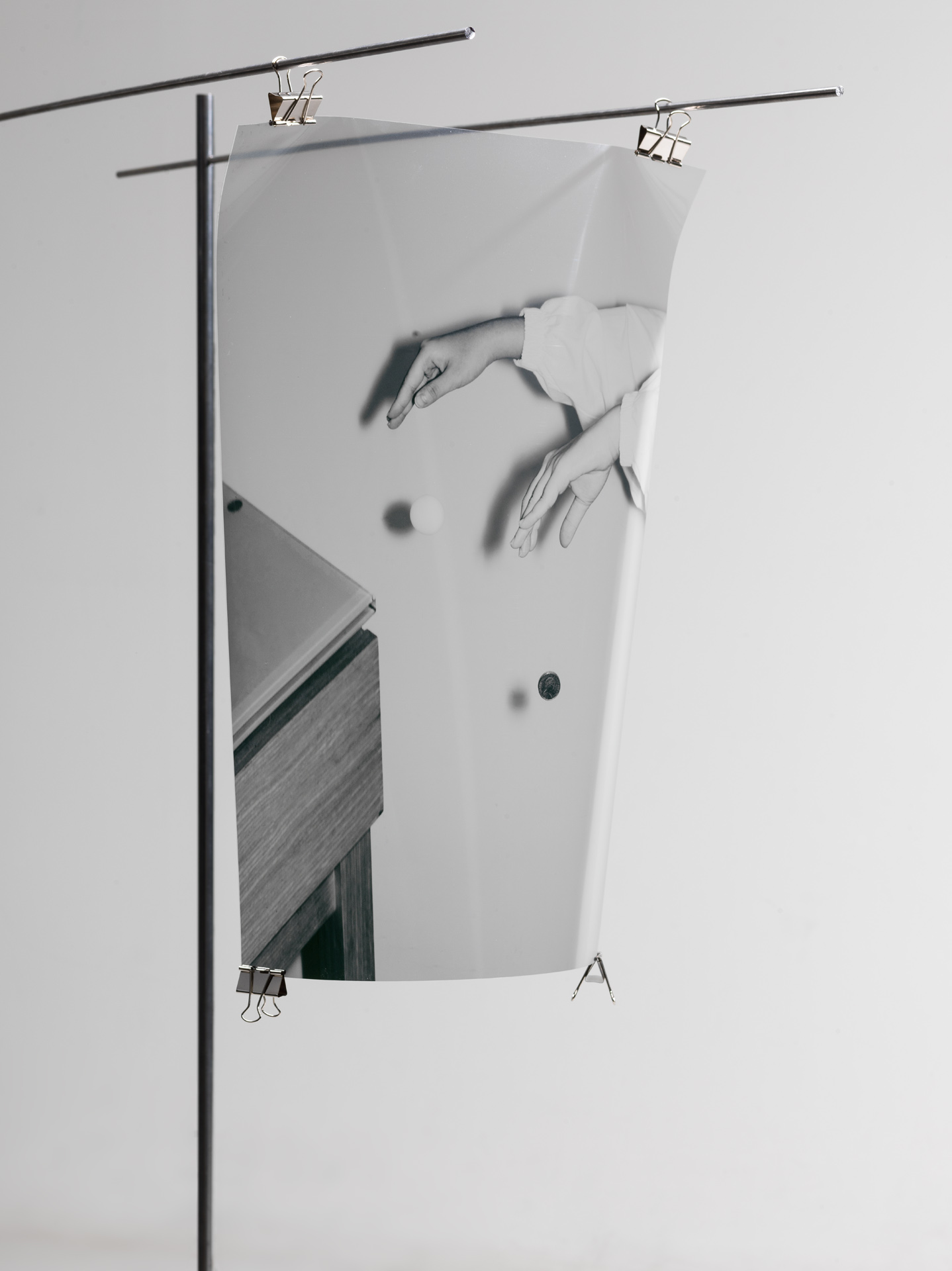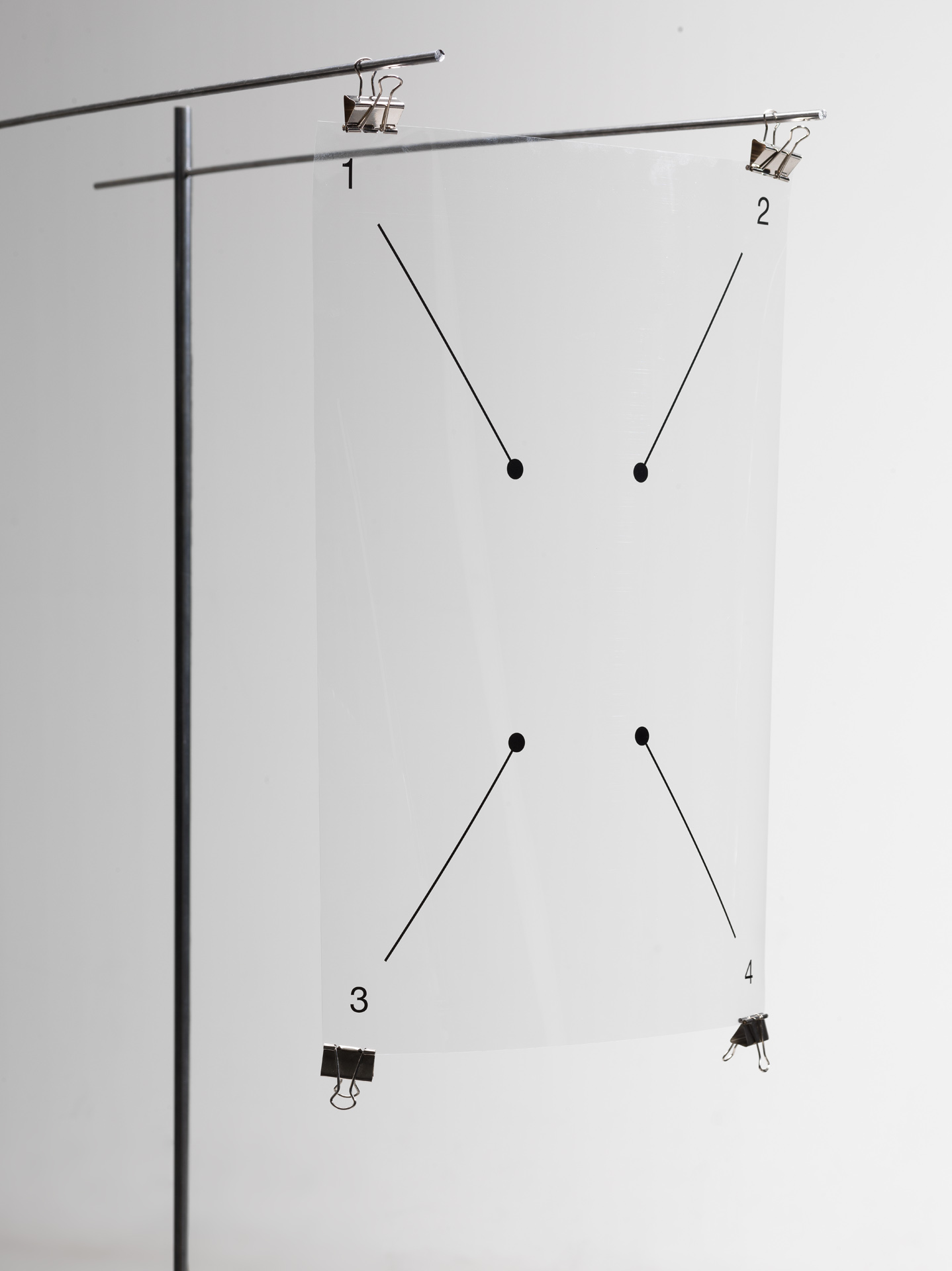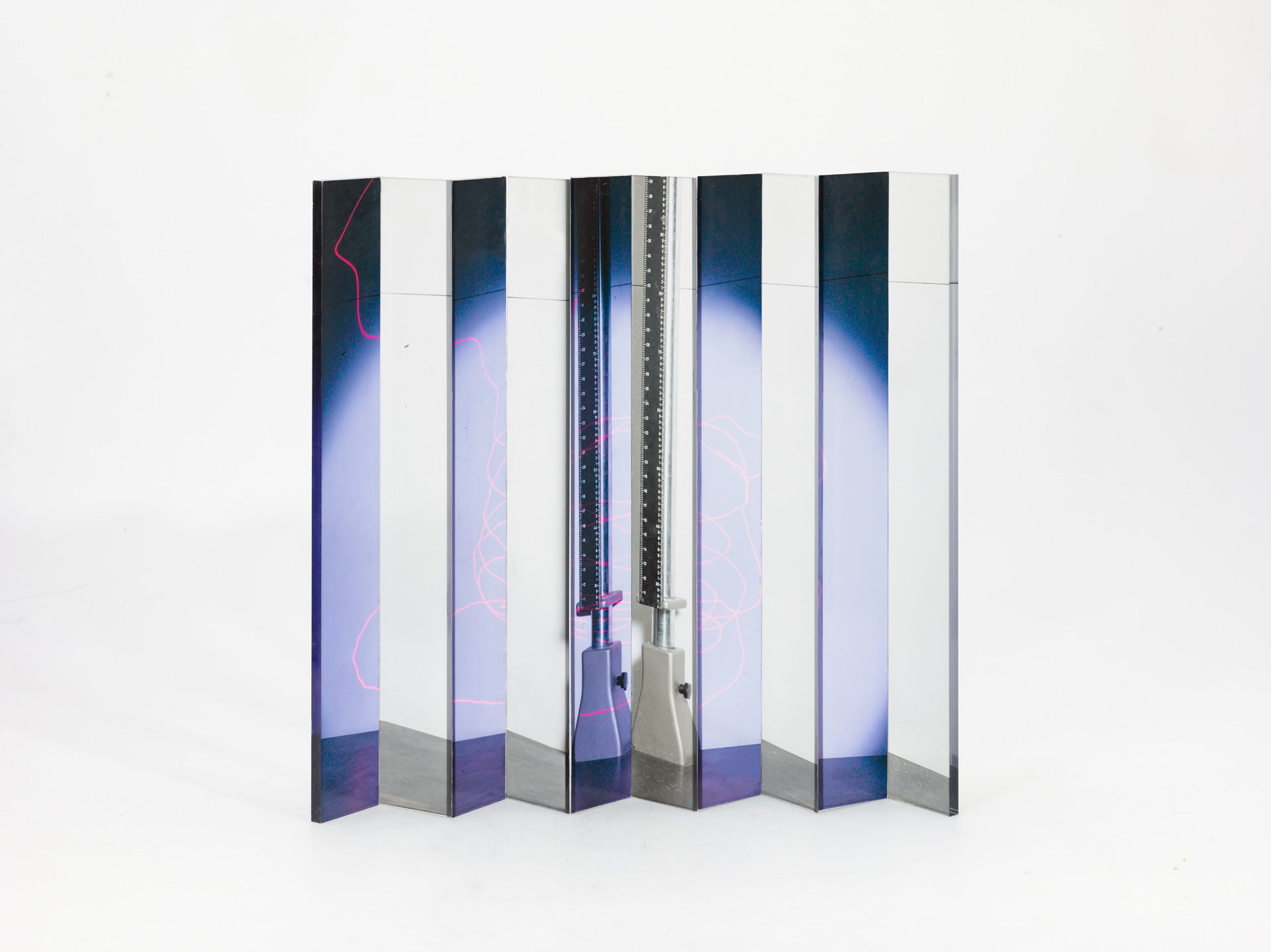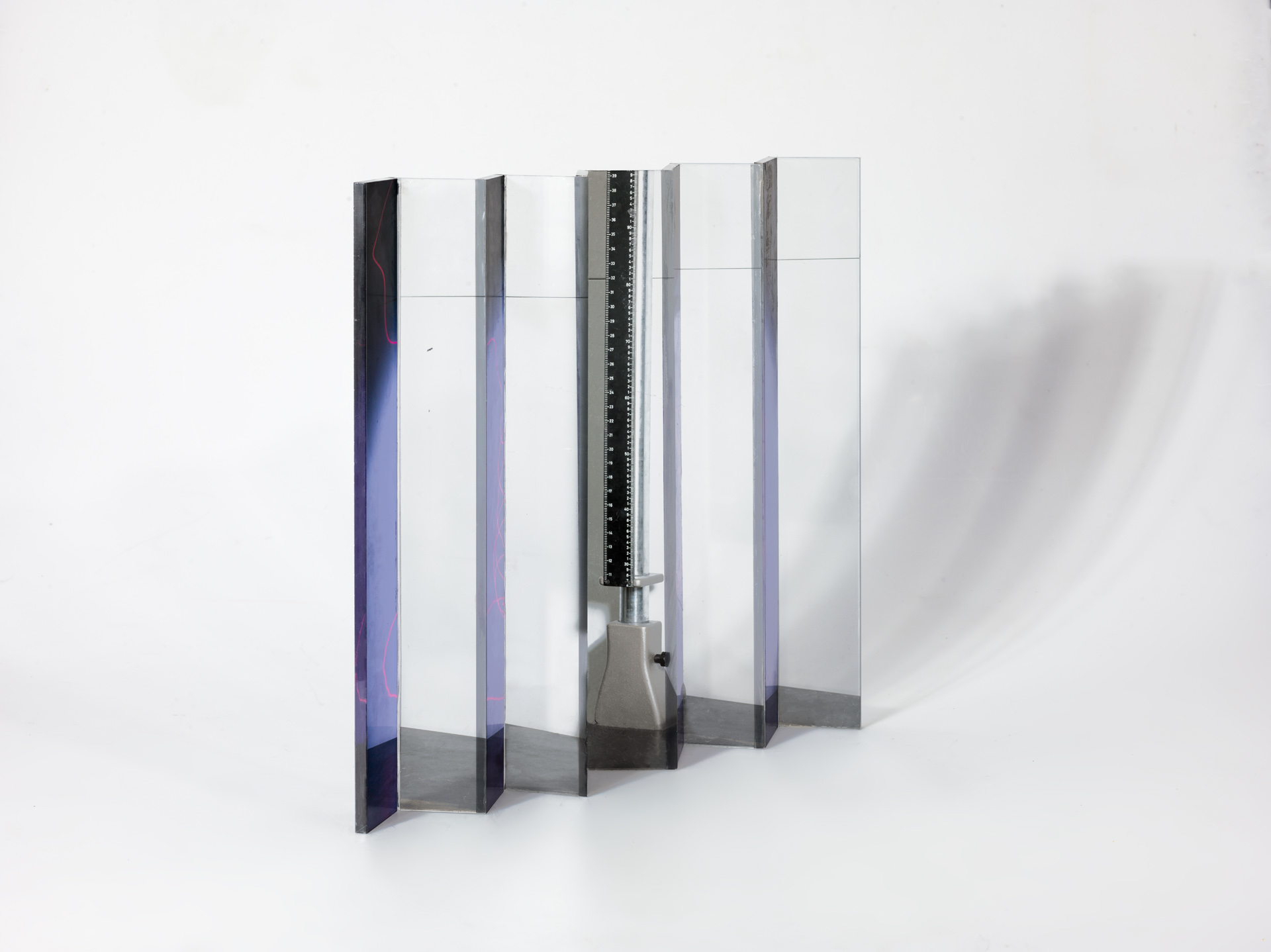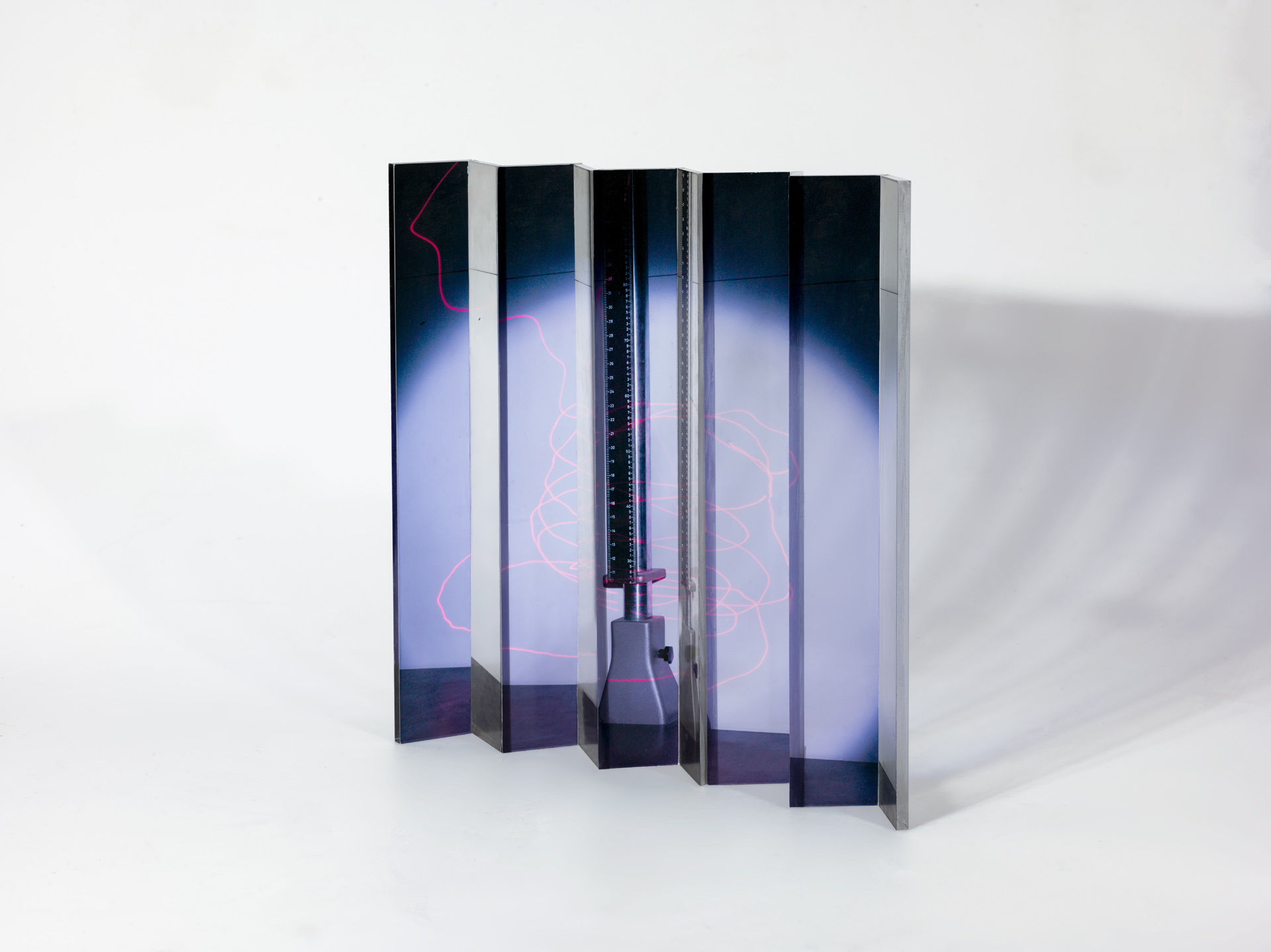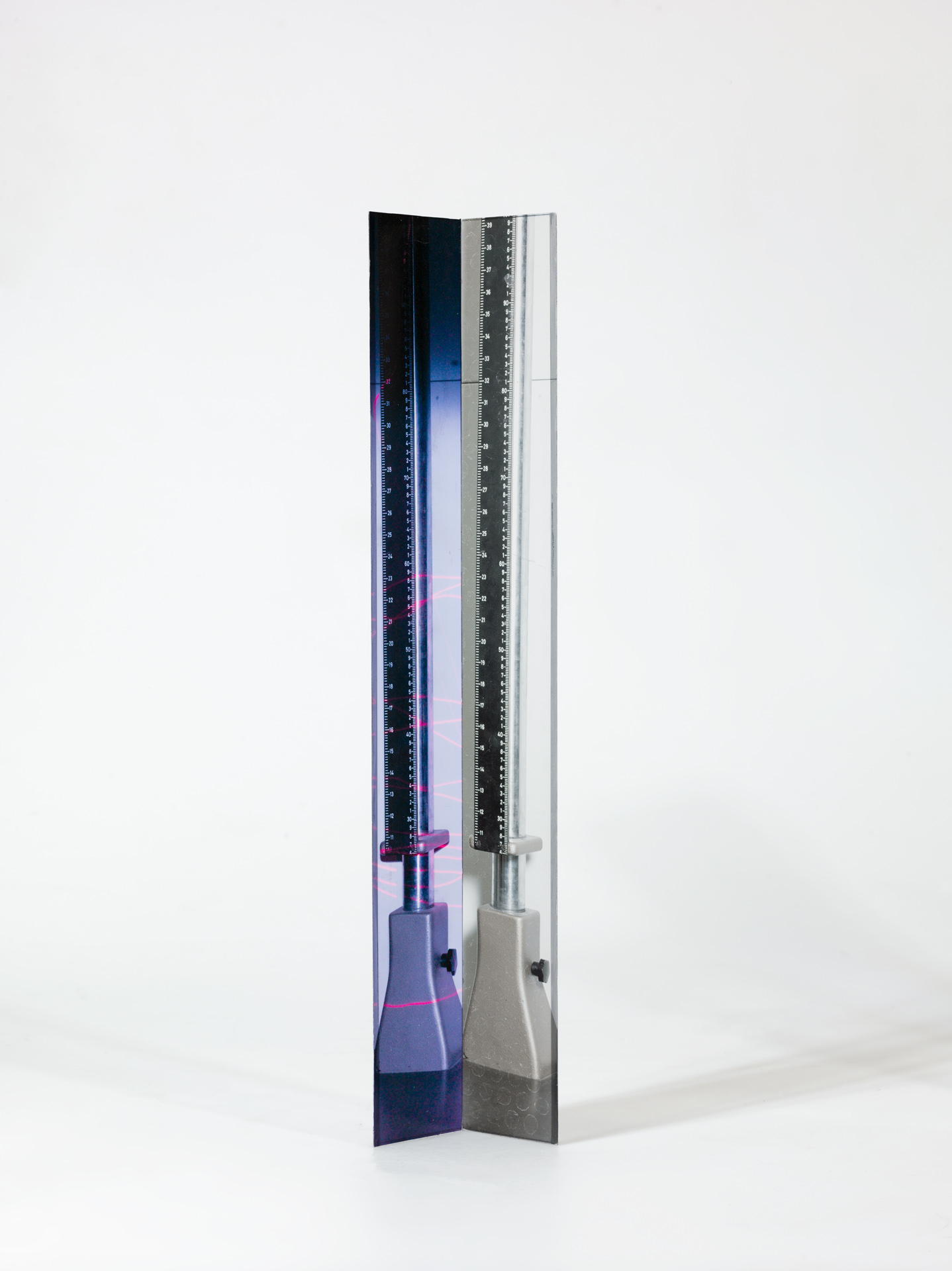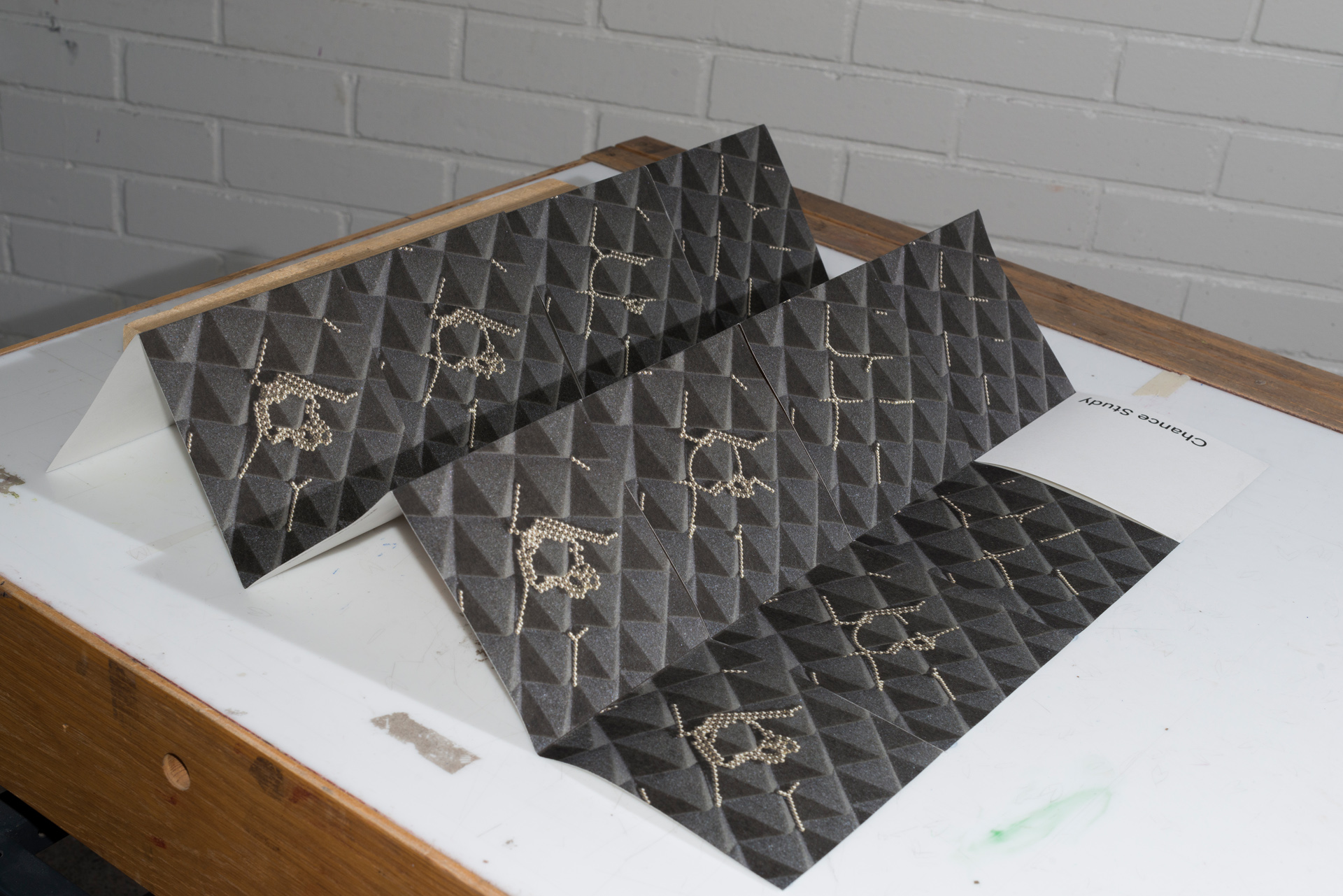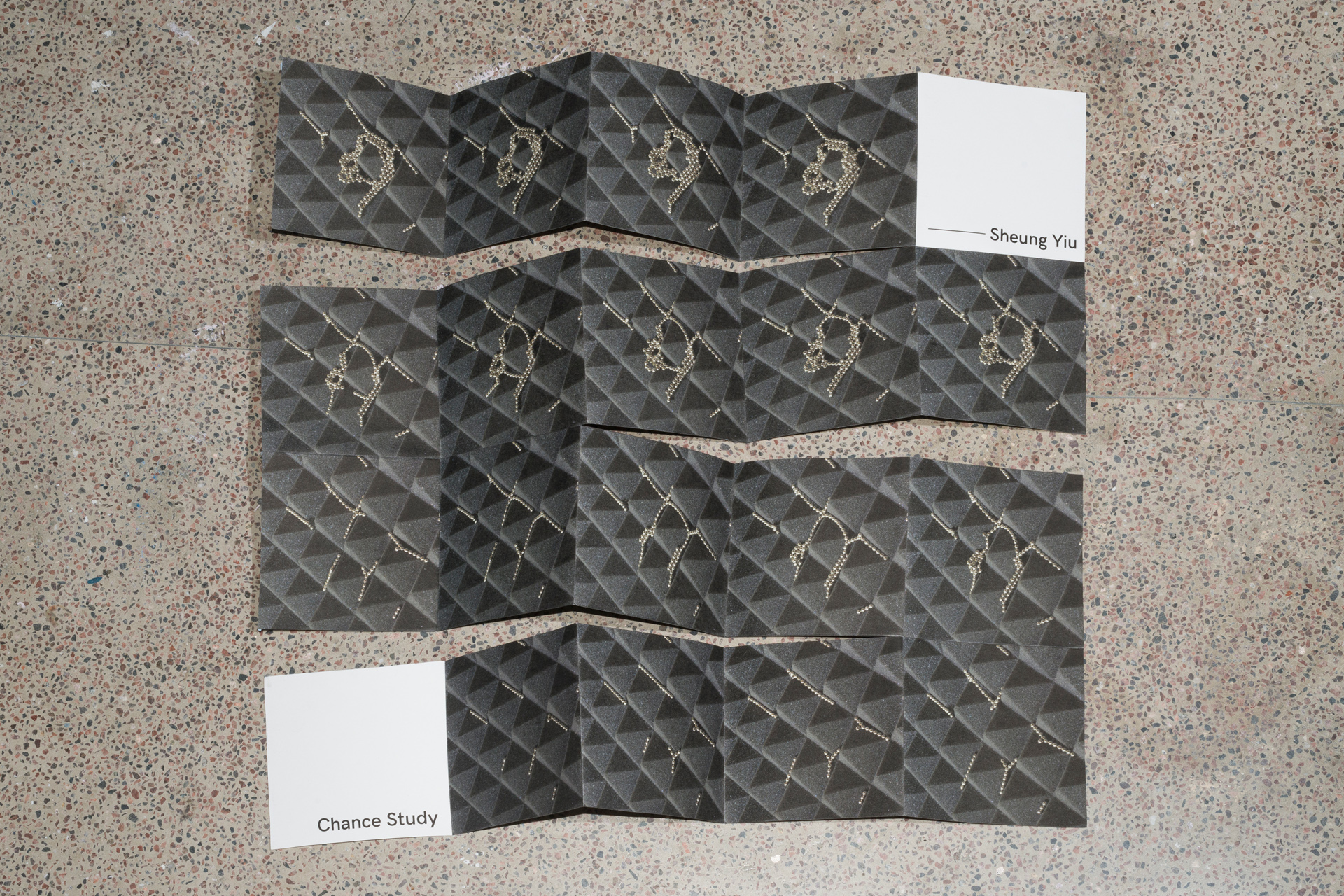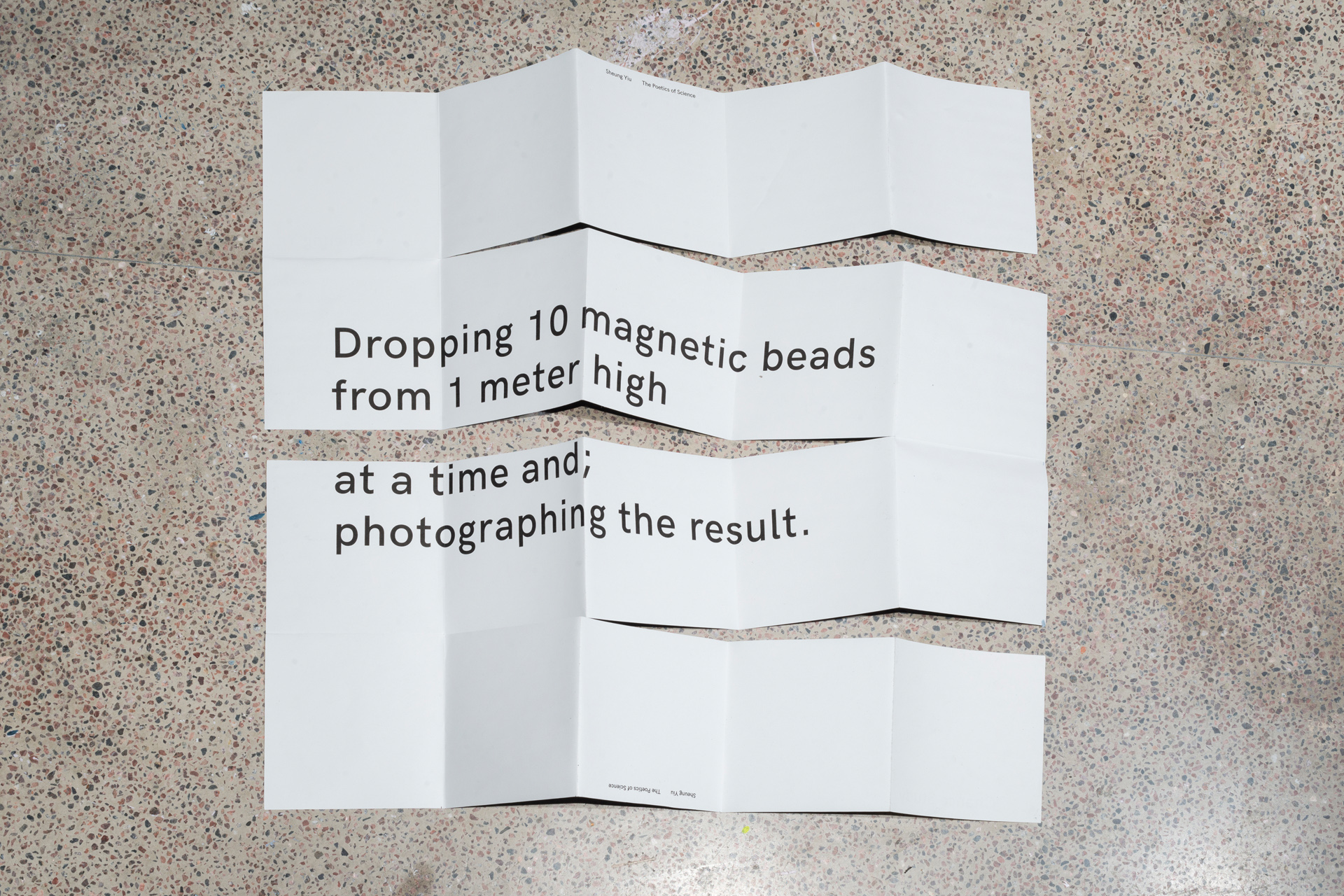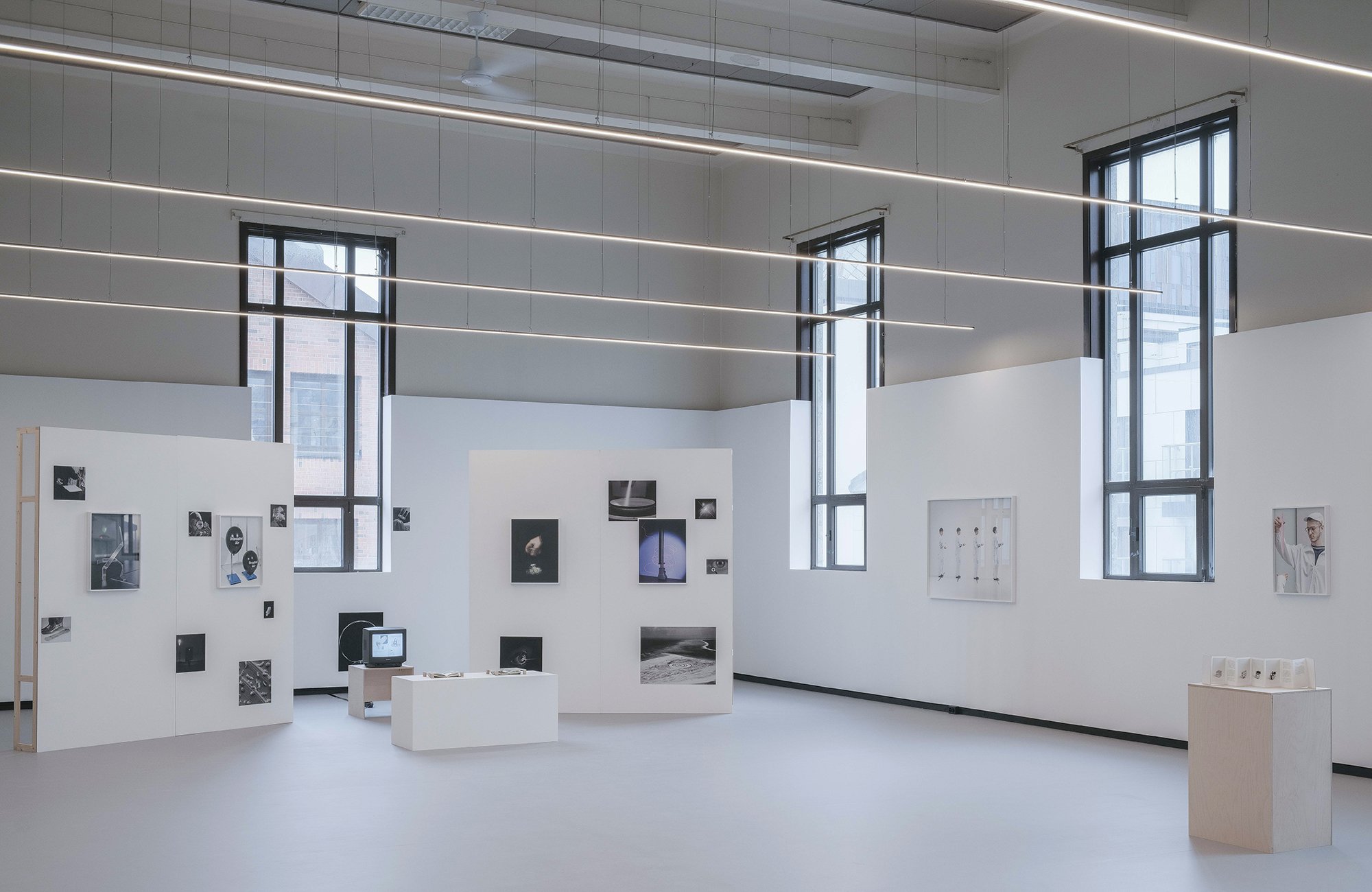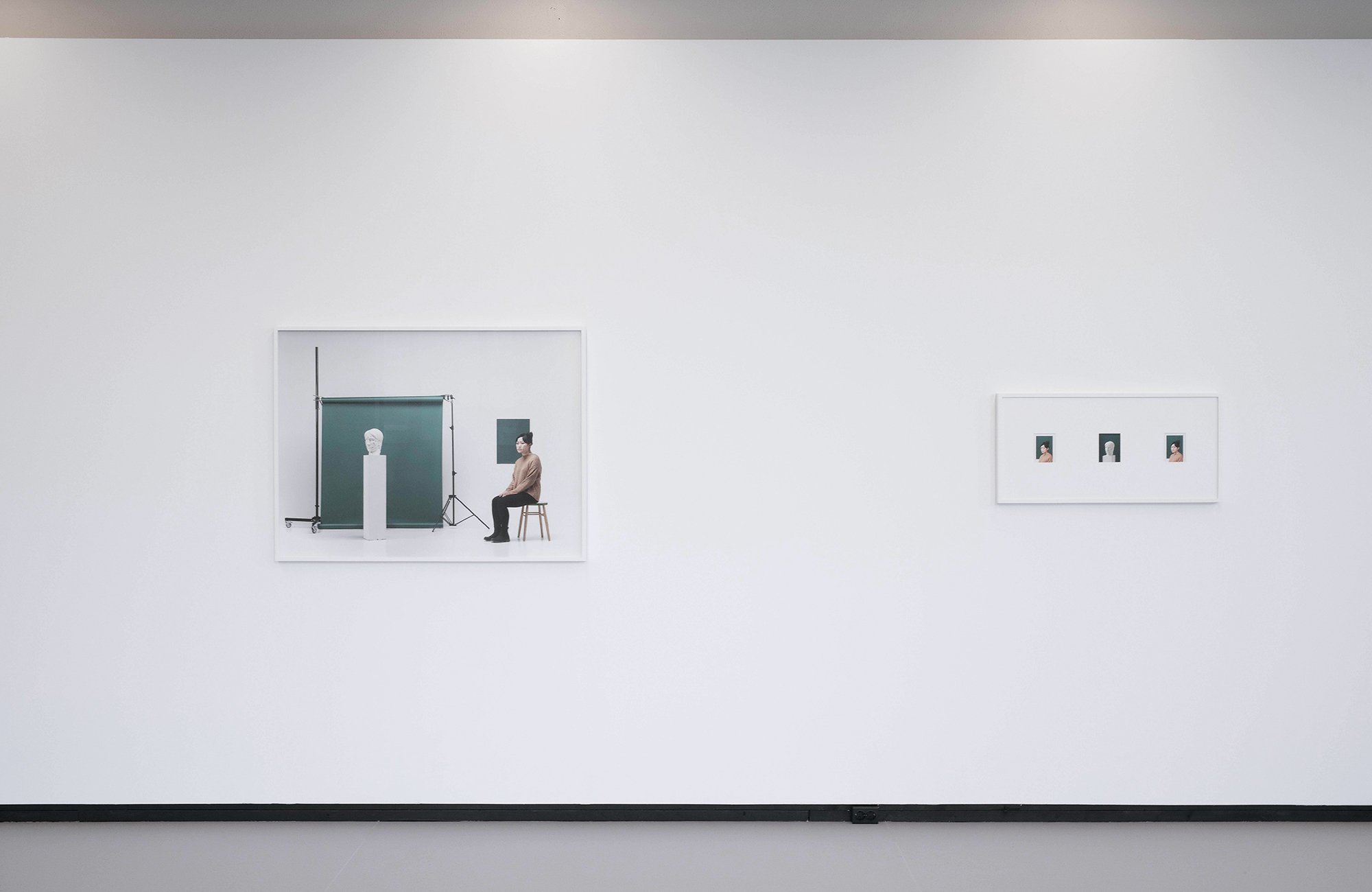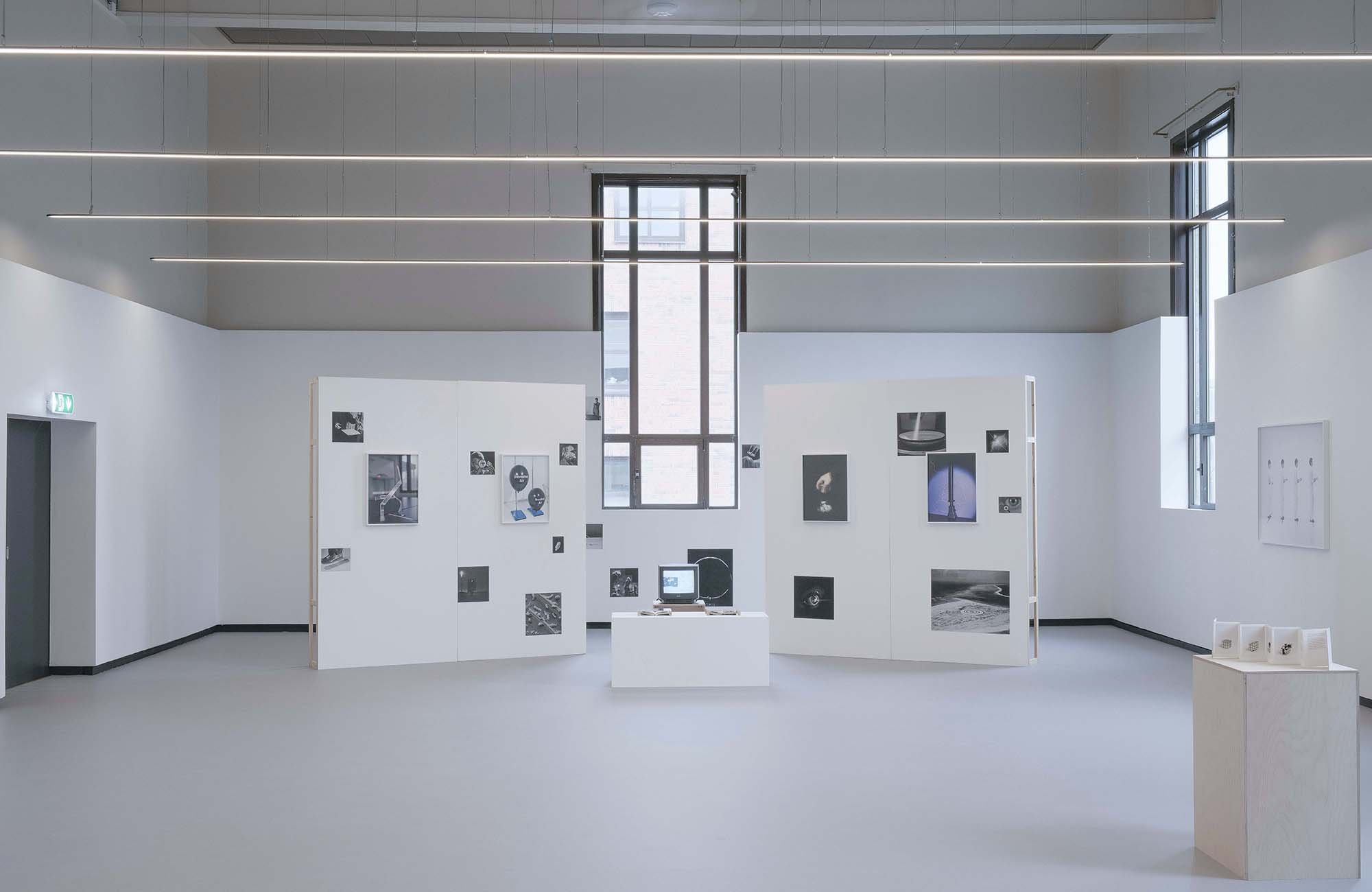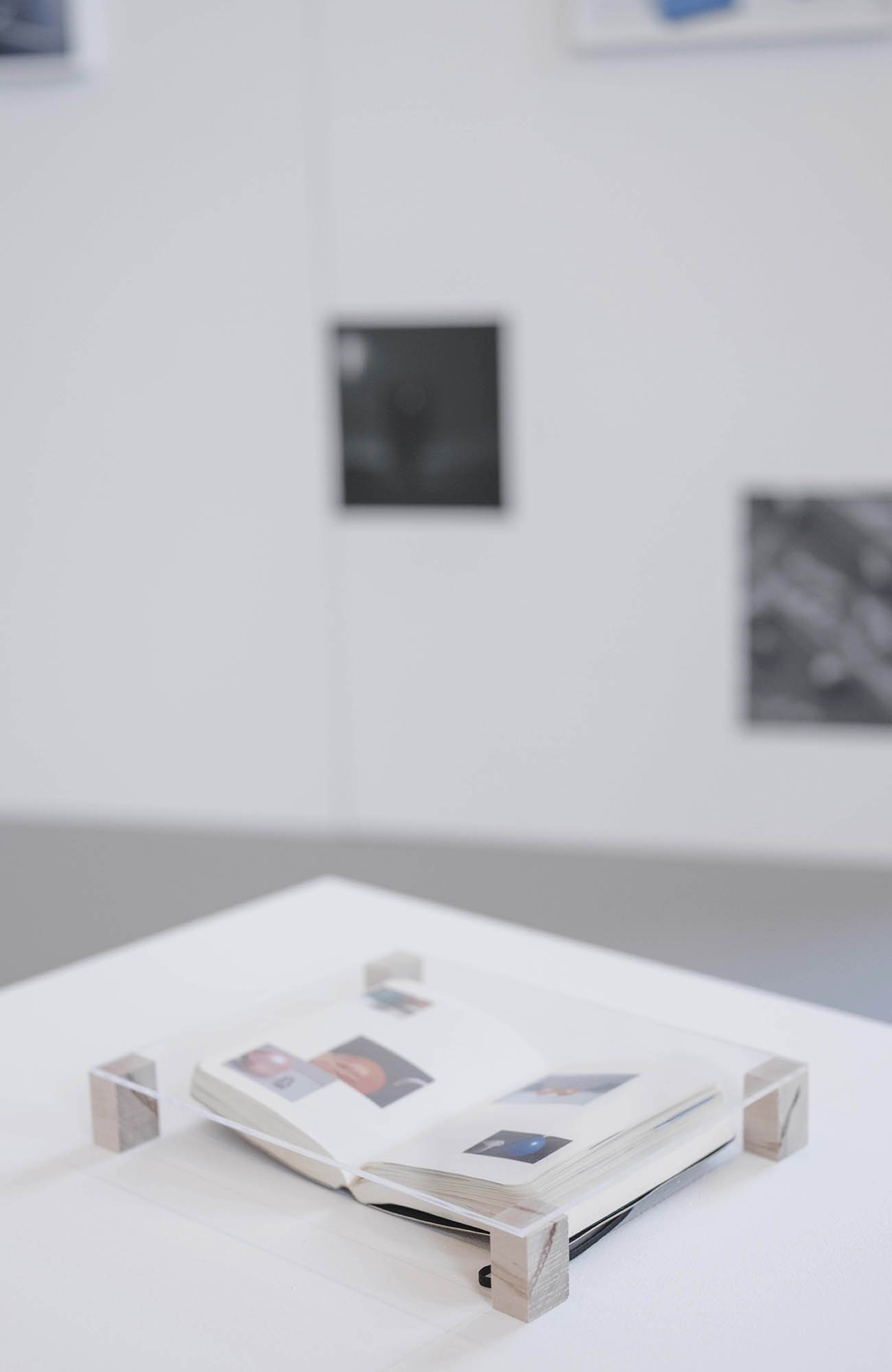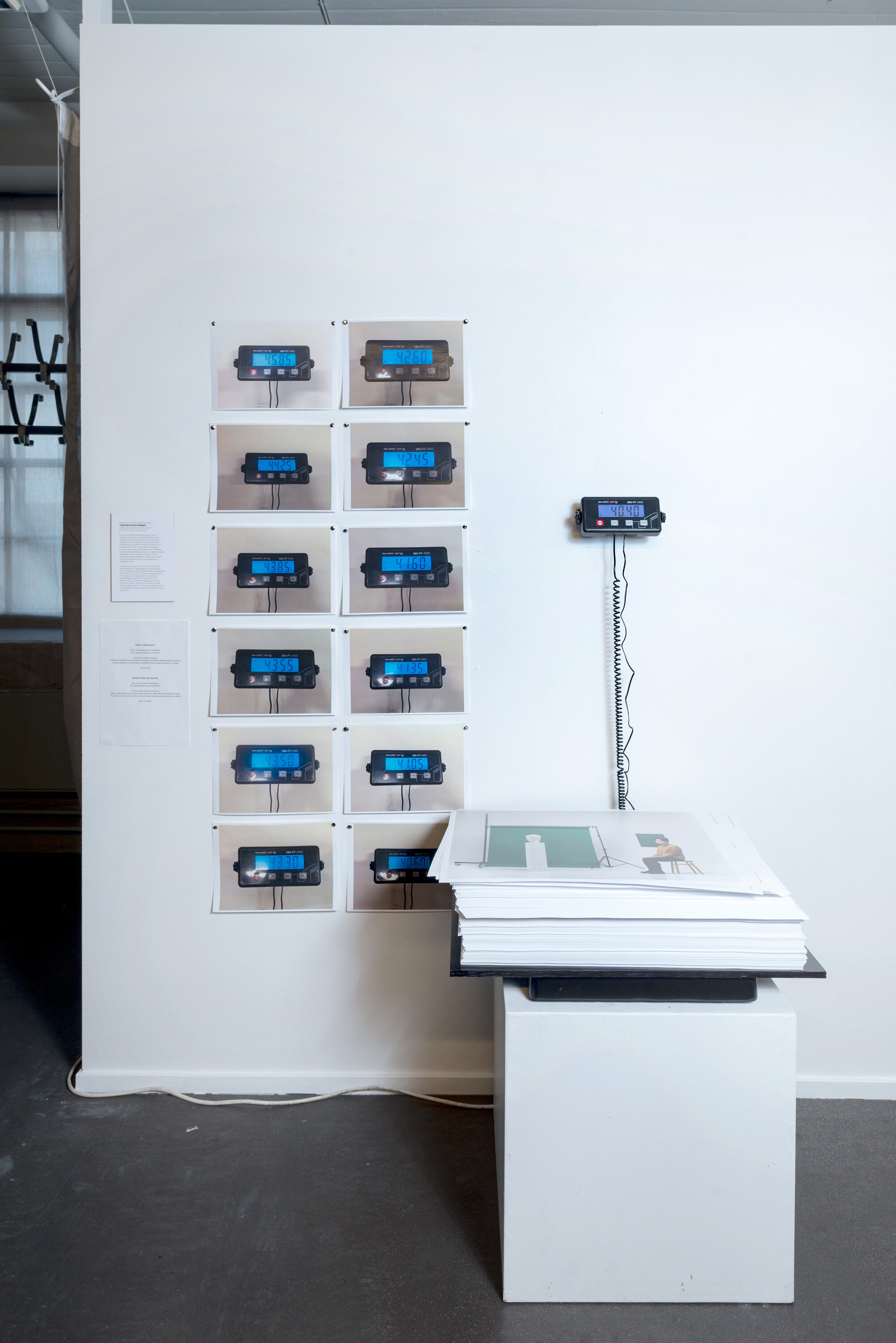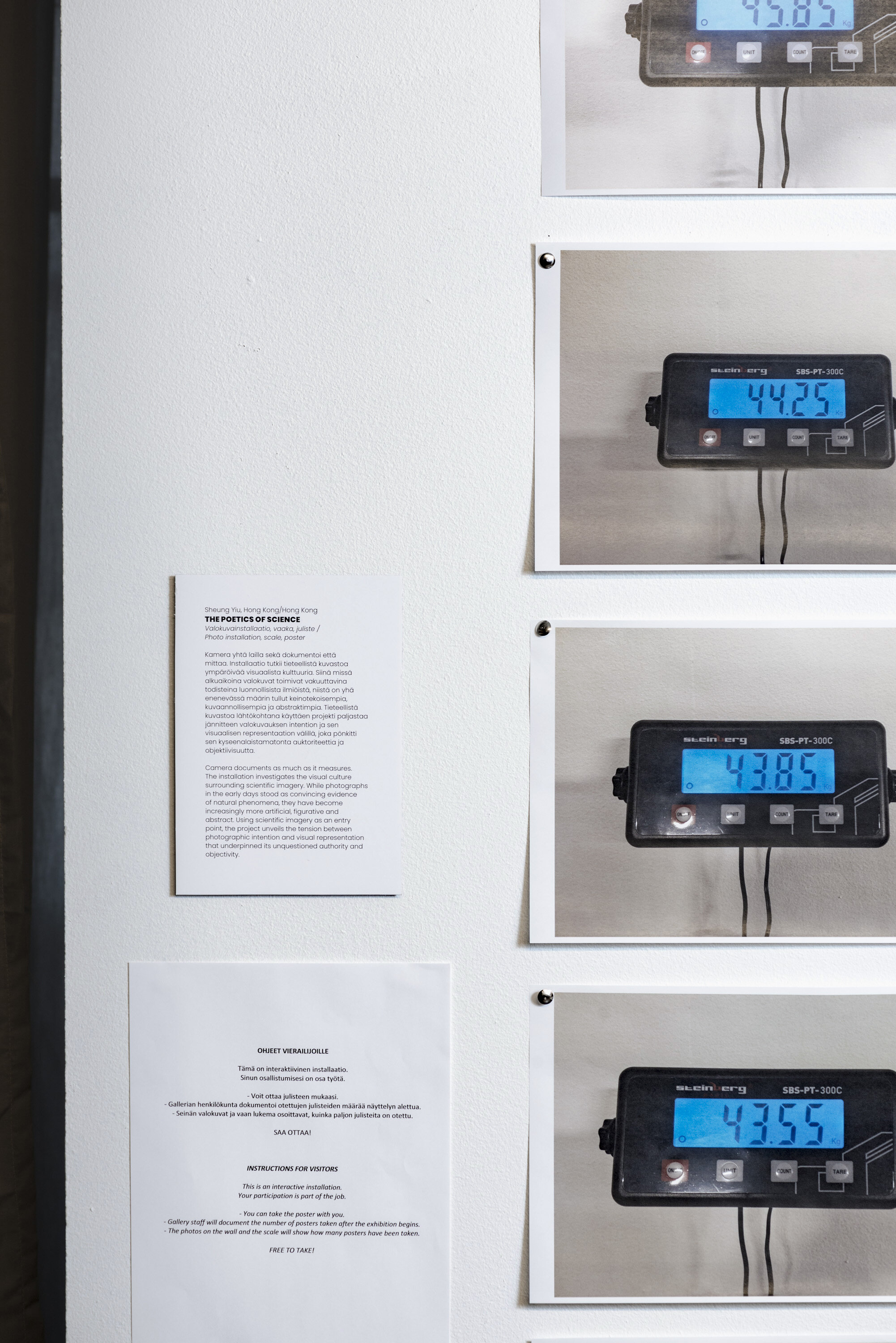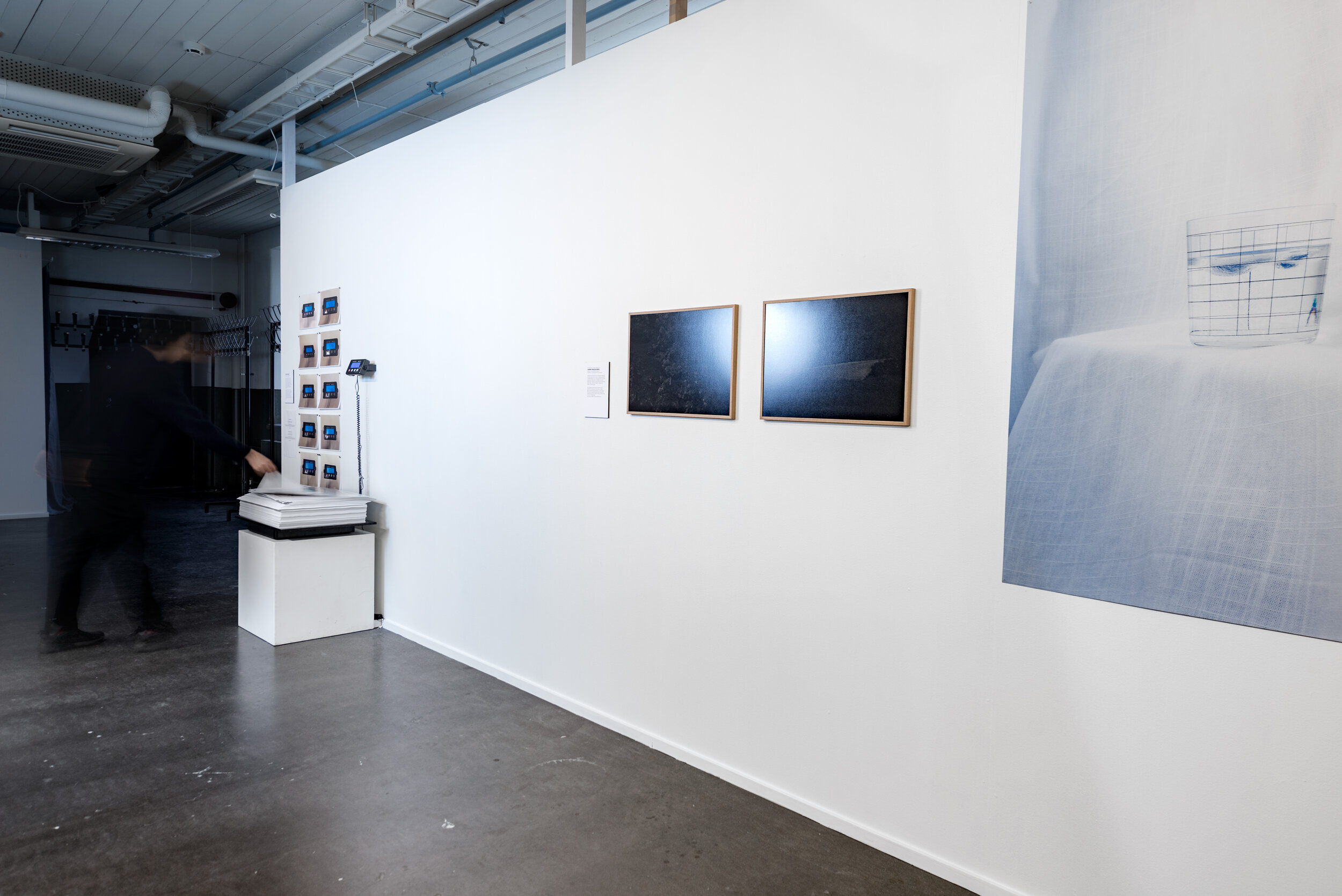The Poetics of Science (2016-2018)
Fact 0
An oft-cited statement of Max Planck reads : "That is real which can be measured."
Fact 1
In the Hong Kong high school textbook “New 21st Century Chemistry”, Chapter 35 Alcohol, Photo 35.24 shows a man in suit lying in front of a historic building.
“An alcoholic sleeping in the streets.” The caption reads.
Upon a closer look, the photos in science textbooks are less “scientific” than one would expect. “Scientific” as in based on the principle of science. “Scientific” as in a truthful representation of our physical world. Stock photos of everyday objects, experimental equipments shot against monochrome backgrounds; irrelevant cartoons grace the pages of physics and chemistry textbooks. These garish images of science communication are unified by a recognizable aesthetics, one motivated by a desire to communicate abstract ideas in what is perceived as the most “intelligible” manners but constrained by technical limitations and tight budgets. These symbols and clichés repeat, multiply and reproduce, time after time, books after books. When, eventually, a pattern appears, a visual language emerges. Perhaps unintentionally, Ideas begins to be communicated and governed by the grammar of these images as much as the images itself.
Fact 2
The Kuleshov effect is a film editing effect demonstrated by Soviet filmmaker Lev Kuleshov in the 1910s and 1920s. It is a mental phenomenon by which viewers derive more meaning from the interaction of two sequential shots than from a single shot in isolation.
Fact 3
Henry Fox Talbot once marvelled at photography’s ability to surpass the limits of human vision. “The eye of the camera would see plainly where the human eye would find nothing but darkness.” He declared in his book “The Pencil of Nature”. In the decades that follows, photography and science have been inextricably intertwined. From the photographic plate made by Henri Becquerel showing the presence of invisible radiation to the Hubble Space Telescope recording the light of galaxies 3-8 billion light years distant from our planet, countless images help us understand our physical universe. They become the manifestation of knowledge - the collective achievement of human intelligence.
‘The Poetics of Science’ investigates the visual culture surrounding scientific imagery. While photographs in the early days stood as a convincing evidence of natural phenomena, they have become increasingly more artificial, figurative and abstract. Using scientific imagery as an entry point, the project unveils the tension between photographic intention and visual representation – what is intended to be communicated, what is being communicated and what is understood. As such, the project is a critical examination on the way visuality is manipulated in scientific images to construct an often unquestioned authority and objectivity.
Photo Objects
Exhibition
NOUA, Norway
Photo: Dan Mariner
NODE Gallery, Finland
Backlight Photo Festival: Related Realities, Finland

